Tehran is the capital city of Iran, where ancient history meets modernity in a captivating blend of tradition and progress. Located at the foot of the majestic Alborz mountain range and surrounded by desert landscapes, Tehran is a busy metropolis that offers various cultural experiences and must-visit attractions. Tehran is not only the largest city in Iran but also one of the most populous in Western Asia.
As you explore Tehran’s streets and neighborhoods, you’ll encounter fascinating historical sites, royal complexes, and iconic landmarks. From the opulent palaces of Golestan and Sa’dabad to the modern architectural marvels of the Azadi Tower and Milad Tower, Tehran has a wealth of attractions that showcase its rich heritage and cosmopolitan spirit.
Whether you’re strolling through bazaars, savoring authentic Persian cuisine, or marveling at panoramic city views from Tabiat Bridge, Tehran promises an unforgettable journey filled with culture, history, and adventure.
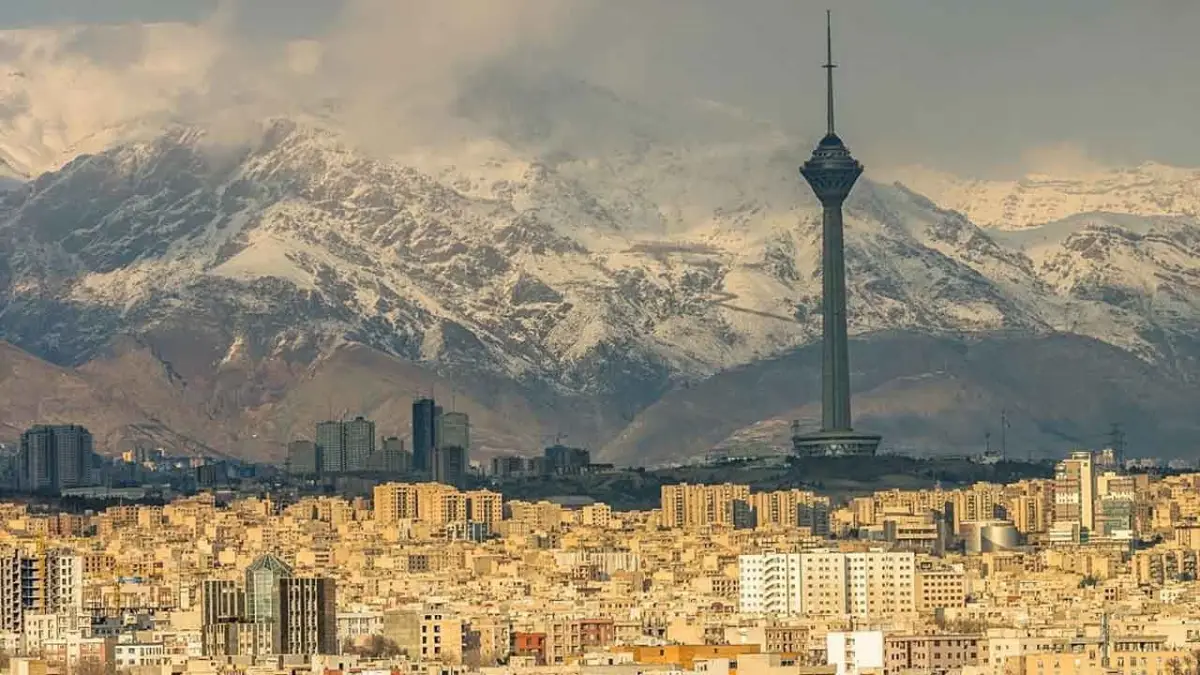
Golestan Palace
Golestan Palace is a jewel of Tehran’s architectural heritage and a UNESCO World Heritage Site. Dating back to the 16th century and meticulously renovated in the 19th century, this opulent complex served as the official royal residence of the Qajar dynasty. When you wander through its lush gardens, adorned with vibrant flowers and trickling fountains, you witness its ornate buildings adorned with intricate tilework and colorful mosaics.
Noteworthy features include the dazzling Marble Throne, where kings were once crowned, and the majestic Mirror Hall, adorned with shimmering mirrors and delicate chandeliers. Additionally, the Ethnographic Museum showcases a diverse collection of Iranian artifacts, offering insights into the country’s rich cultural heritage.
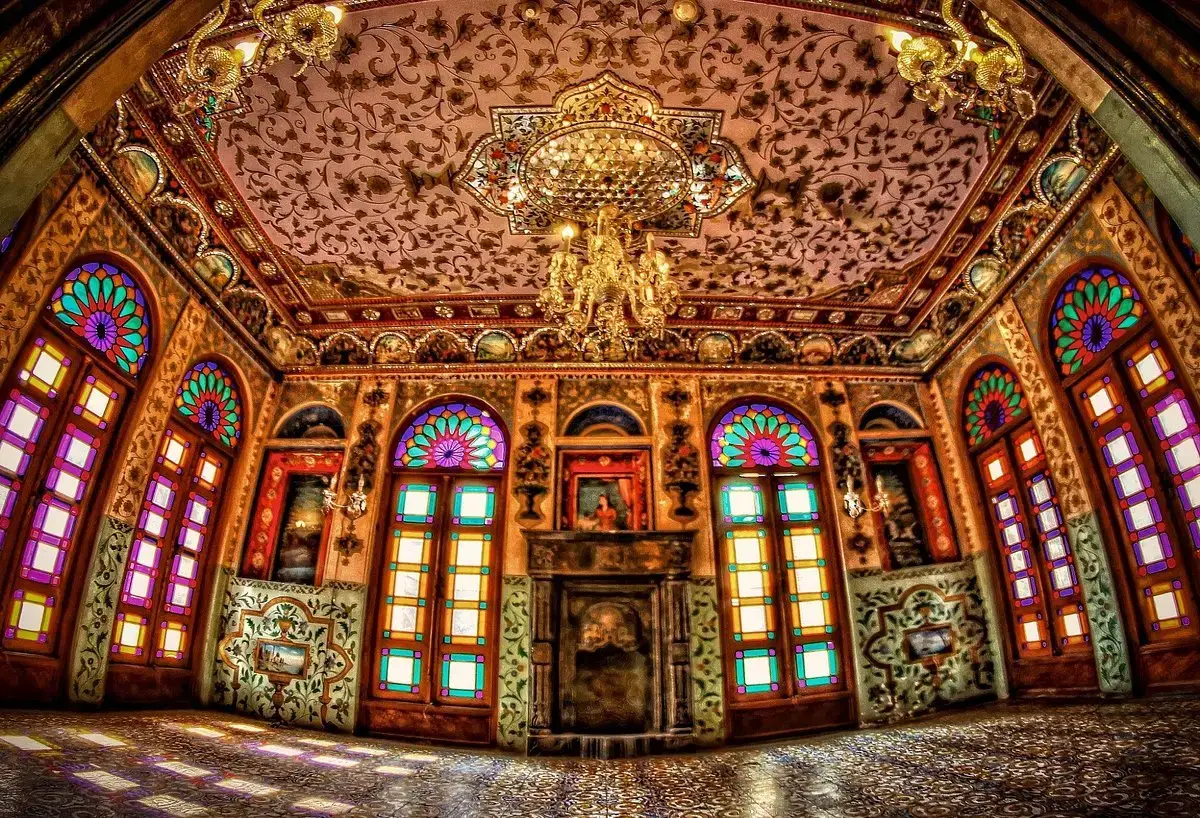
Sa’dabad Complex
The Sa’dabad Complex is an expansive royal retreat located amid verdant gardens in the heart of Tehran. Originally built in the 19th century as a summer residence for the Qajar monarchs, this enchanting oasis later served as the primary residence of the Pahlavi dynasty. Lavishly adorned chambers of Ahmad Shahi Palace, adorned with exquisite Persian carpets, gilded furnishings, and intricate frescoes depicting scenes from Iranian mythology, await exploration.
Within the tranquil White Palace, once home to Mohammad Reza Pahlavi and his wife, Farah, visitors can admire its elegant architecture and lush surroundings. Don’t miss the museums housed within the complex, which showcase a diverse range of artifacts, from royal clothing and dishes to weaponry and fine arts, providing a captivating glimpse into Iran’s imperial past.
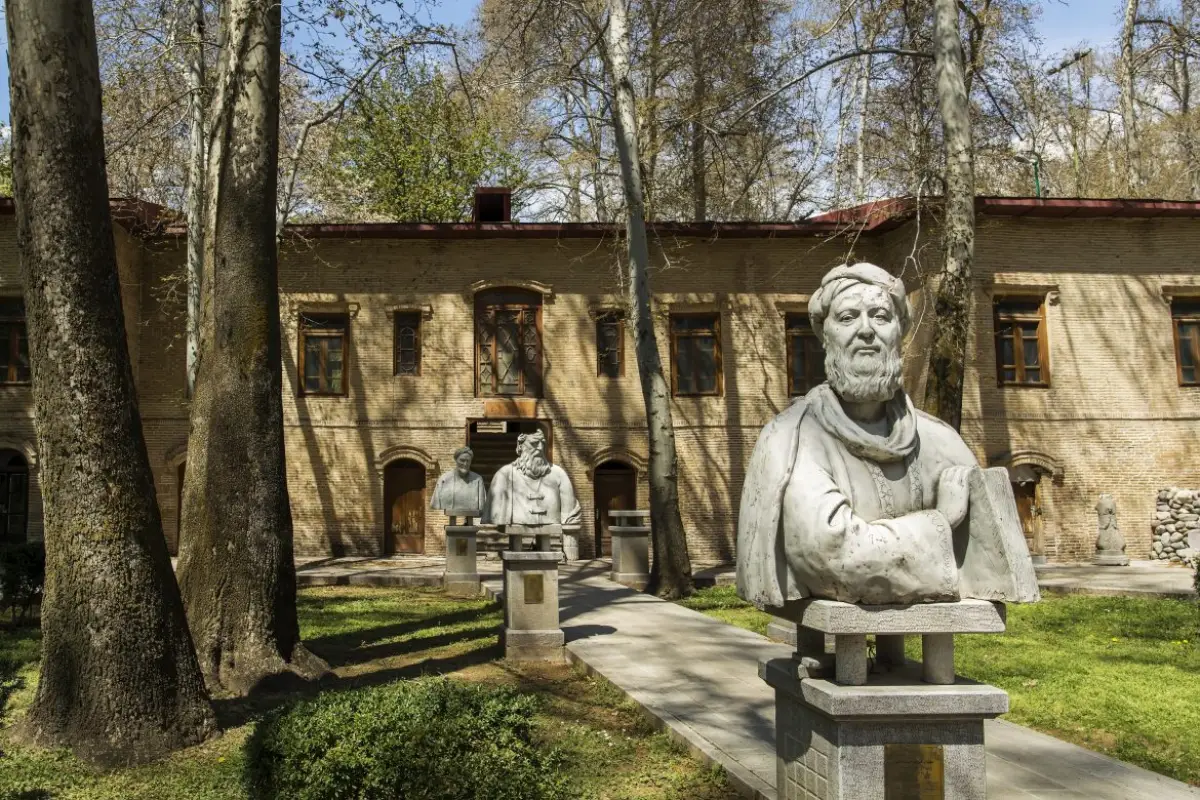
National Museum of Iran
Step into the cradle of civilization at the National Museum of Iran, a treasure trove of ancient artifacts spanning millennia of Iranian history. Located in a grand neoclassical building in central Tehran, this esteemed museum offers a comprehensive overview of Iran’s rich cultural heritage. Prehistoric galleries, featuring artifacts dating back to the Neolithic period, including pottery, tools, and figurines, shed light on Iran’s earliest civilizations.
Islamic-era masterpieces, including exquisite Qurans, intricately carved woodwork, and colorful ceramics, showcase the artistic achievements of medieval Iran. Explore the museum’s extensive collection of coins, jewelry, and textiles, providing fascinating insights into the daily life and traditions of ancient Iranians. With its diverse exhibits and immersive displays, the National Museum of Iran promises an enlightening and enriching experience for visitors of all ages.
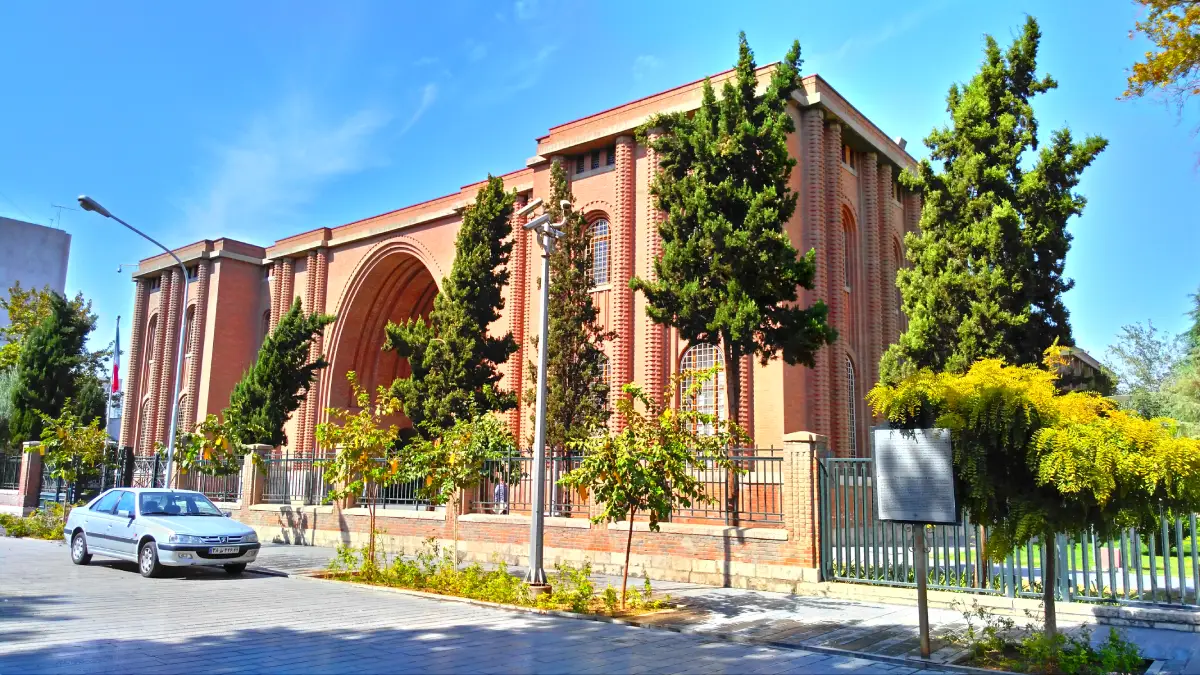
Darband
Located at the foot of Mount Tochal, Darband offers a serene escape from the bustling streets of Tehran. Once a village, it is now the gateway to an exhilarating hiking trail that winds its way up the majestic mountain. Visitors can experience a scenic journey through picturesque valleys and cascading streams, immersing themselves in the breathtaking beauty of nature.
Along the trail, charming cafes and restaurants beckon weary travelers to relax and savor traditional Persian cuisine while soaking in the tranquil ambiance. Darband’s rich cultural heritage is reflected in its Zahir-od-dowleh cemetery, the final resting place of prominent figures in Iranian art and culture. From the imposing Statue of the Climber to the vibrant teahouses that dot the landscape, Darband offers a delightful blend of adventure and relaxation, making it a must-visit destination for travelers seeking an unforgettable experience in Tehran.
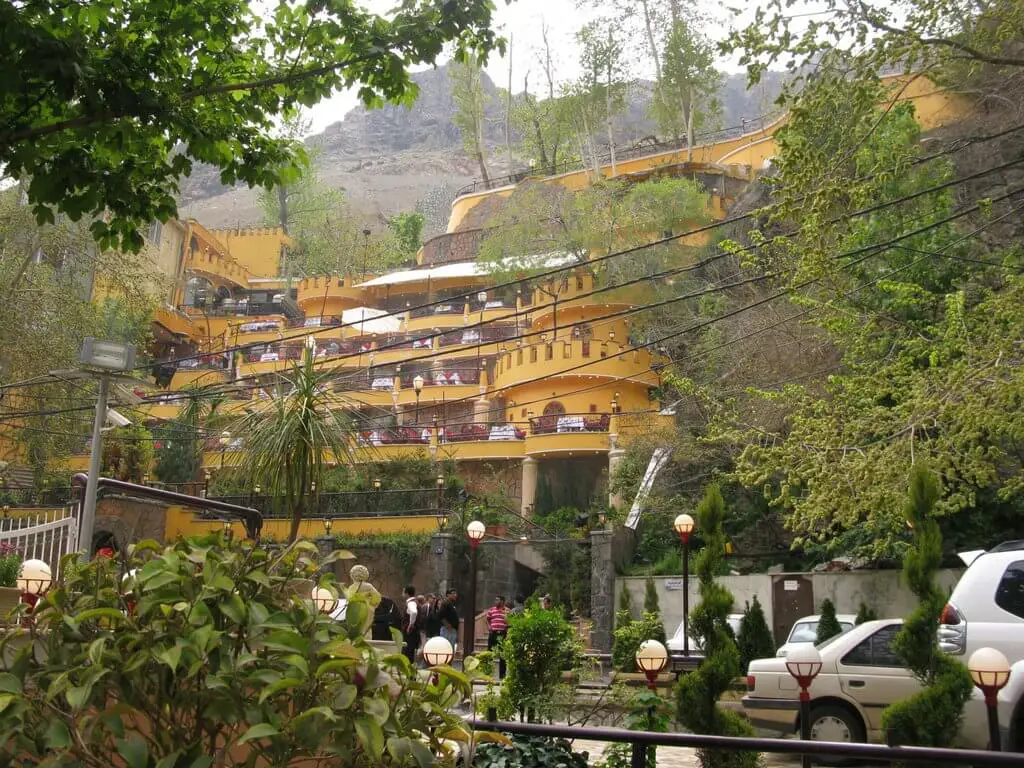
Tabiat Bridge
Spanning the Modarres Highway, Tabiat Bridge stands as a modern marvel of architecture and engineering in Tehran. Named after the Persian word for “nature,” this iconic pedestrian bridge seamlessly connects two verdant parks, inviting visitors to embark on a stroll amidst lush greenery and scenic vistas. Designed as more than just a thoroughfare, Tabiat Bridge offers a multifaceted experience, with its three-dimensional truss structure providing an architectural masterpiece.
As pedestrians traverse its undulating pathways and ascend its tree-shaped columns, they are treated to panoramic views of the city skyline and the surrounding mountains. The bridge’s thoughtful design, complete with cafes, galleries, and ample seating areas, encourages visitors to linger and immerse themselves in the beauty of their surroundings. Tabiat Bridge showcases Tehran’s commitment to innovation and urban renewal, offering both locals and tourists a tranquil oasis amidst the bustling metropolis.
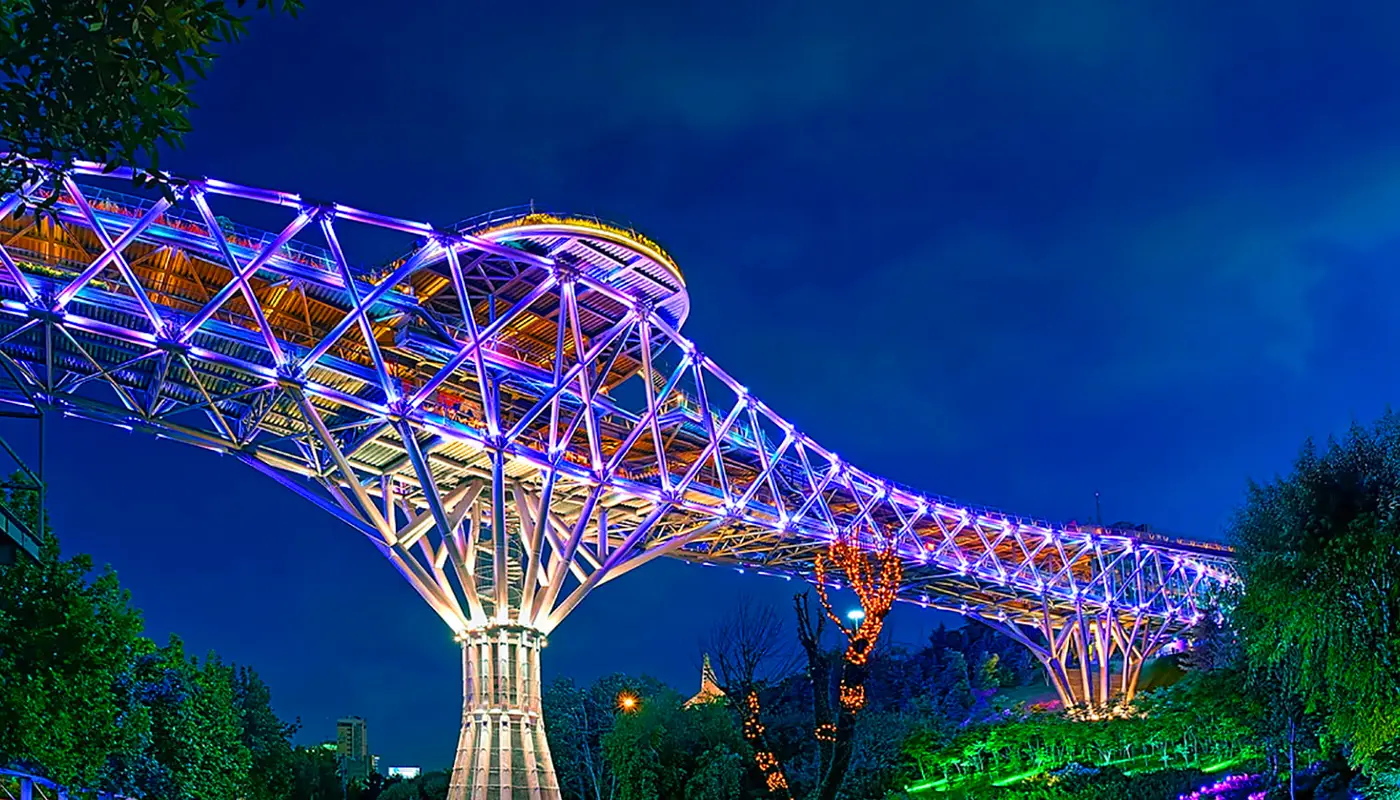
Persian Garden
Located within the historic neighborhood of Deh Vanak lies the Persian Garden, an oasis that pays homage to Iran’s rich cultural heritage. As visitors wander through its lush pathways and admire its vibrant blooms, they are transported back in time to an era of elegance and refinement. Designed to evoke the traditional Persian gardens of old, this enchanting space represents Iran’s enduring legacy of artistry and craftsmanship.
From the central pavilion to the tranquil fountains that dot the landscape, every element of the Persian Garden exudes an air of timeless beauty and tranquility. As visitors explore its winding paths and discover its hidden nooks, they are invited to reflect, relax, and reconnect with nature.
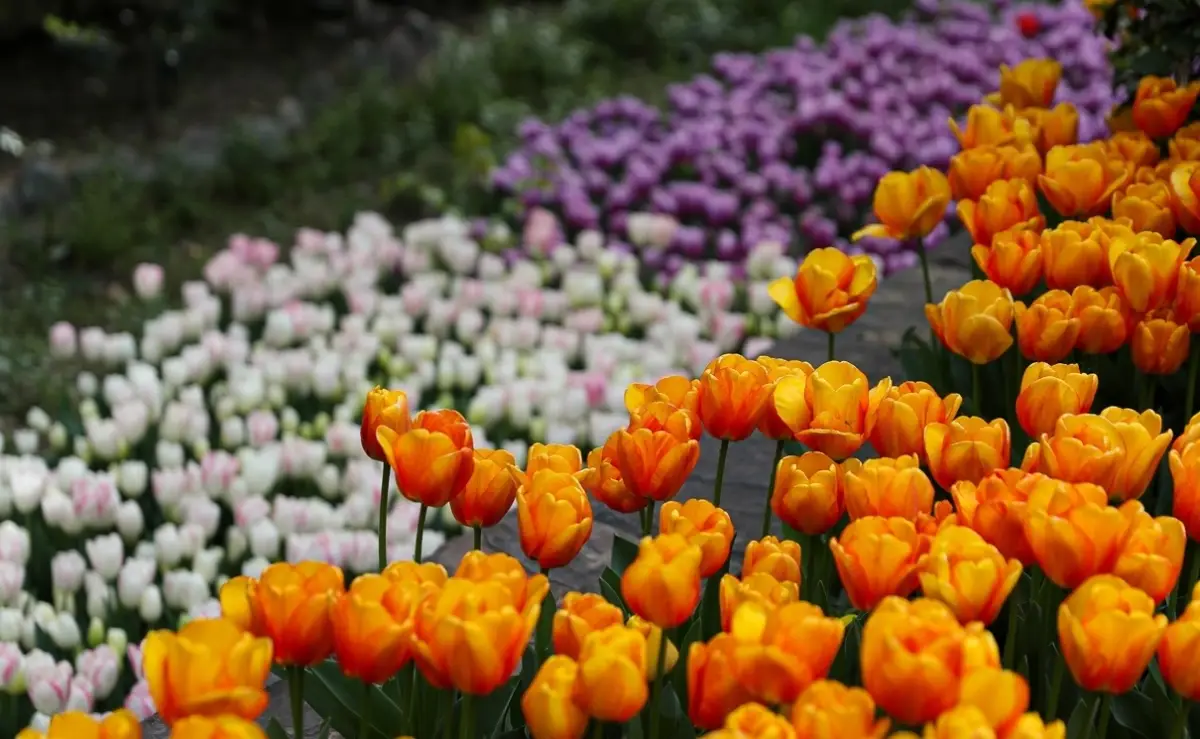
Tehran Museum of Contemporary Art
Located adjacent to Laleh Park on North Kargar Avenue, the Tehran Museum of Contemporary Art represents Iran’s vibrant art scene. Inaugurated in 1977, this three-story museum houses nine galleries showcasing works by renowned foreign artists. The museum’s extensive collection includes pieces by Picasso, Matisse, Van Gogh, Warhol, and many others, making it a must-visit destination for art enthusiasts.
Designed by architect Kamran Diba, the museum’s modernist concrete structure reflects elements of traditional Persian architecture, creating a unique aesthetic. From its underground galleries to its picturesque statue garden, the Tehran Museum of Contemporary Art offers visitors a captivating journey through the world of modern art, providing insight into Iran’s cultural heritage and artistic legacy.
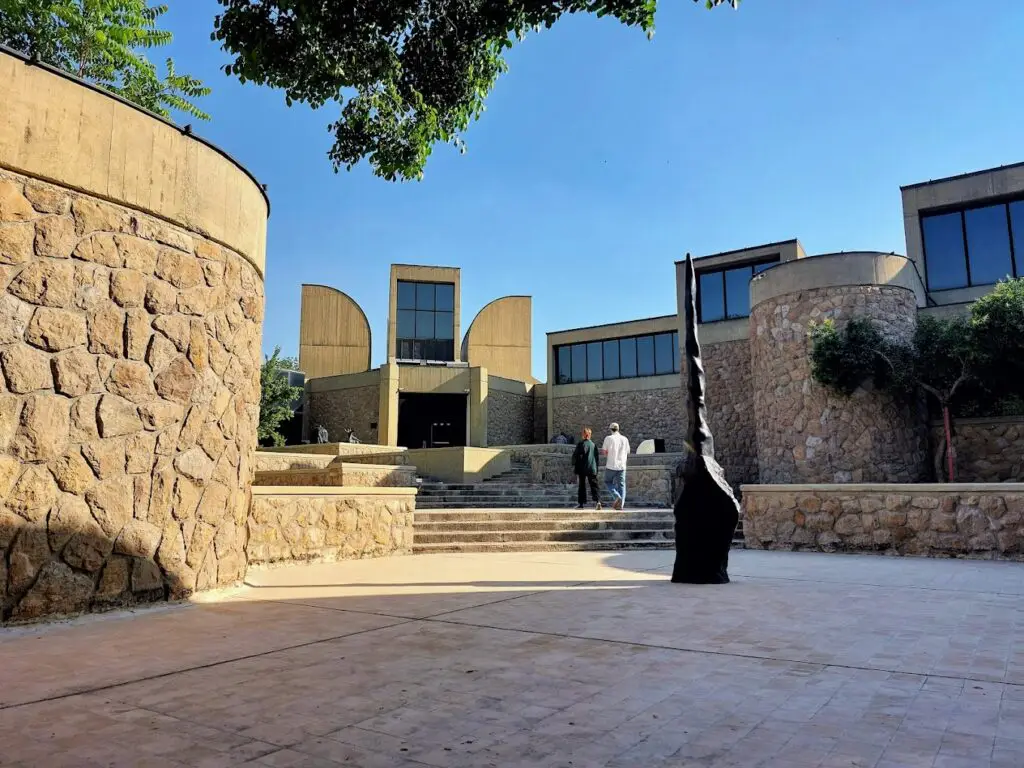
Ready to immerse yourself in the rich culture and history of Iran? Join us on a captivating Tehran tour and unlock the secrets of this vibrant city! Explore ancient sites, try delicious cuisine, and experience the warmth of Persian hospitality. Book your Iran tour package now and plan an unforgettable journey!
Milad Tower
Rising majestically above Tehran’s western skyline, Milad Tower stands as an iconic symbol of the city’s modernity and progress. With its striking octagonal design and soaring height of 435 meters, including a 120-meter antenna, it ranks as the sixth-tallest freestanding tower globally. Originally conceived as part of the Shahestan Pahlavi development project in the 1970s, Milad Tower has become a landmark attraction in its own right.
Visitors can ascend to its observation decks, galleries, and revolving restaurant, enjoying panoramic views of the city below. Designed by the Llewely Davies Company, the tower’s futuristic architecture blends seamlessly with its surroundings, offering a glimpse into Iran’s vision for the future. Whether admiring its impressive silhouette from afar or exploring its interior attractions, Milad Tower promises an unforgettable experience for tourists and locals alike.
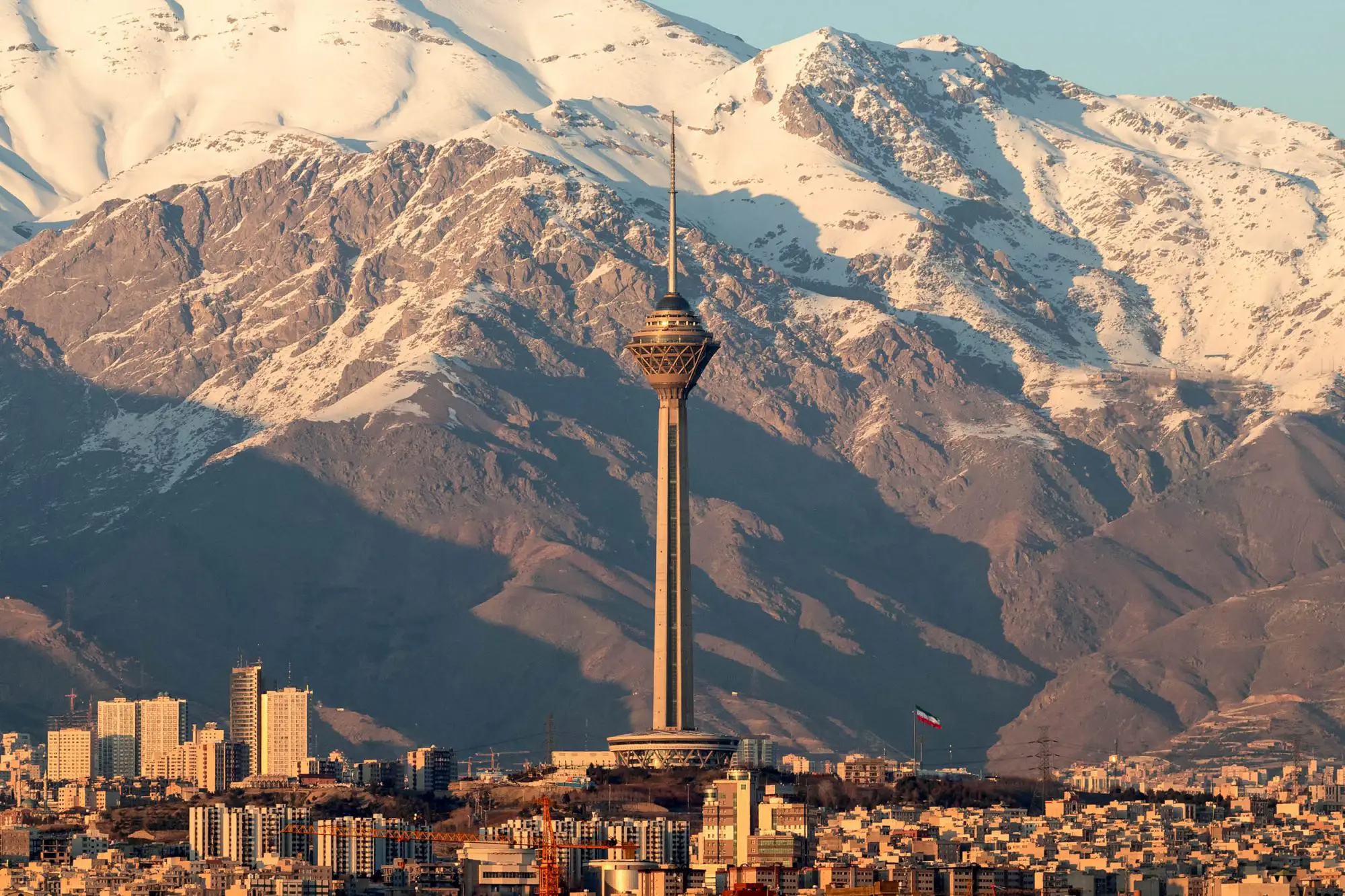
Mellat Palace Museum
Located within the historic Sa’dabad Complex, the Mellat Palace Museum, also known as the White Palace or Abyaz Palace, offers visitors a glimpse into the opulent lifestyle of the Pahlavi Dynasty. Serving as the summer residence for the Shah and his consort, Farah, this elegant palace boasts a grand facade adorned with intricate designs and embellishments. Inspired by the royal palaces of France, the White Palace features spacious halls, lavish furnishings, and priceless artworks.
Visitors can marvel at masterpieces by Behzad’s master and explore rooms filled with modern comforts and luxurious carpets. Steeped in history, the palace has witnessed significant events, from royal receptions to diplomatic meetings, making it a cultural landmark of Tehran. From its majestic architecture to its fascinating exhibits, the Mellat Palace Museum offers a captivating journey through Iran’s regal past.
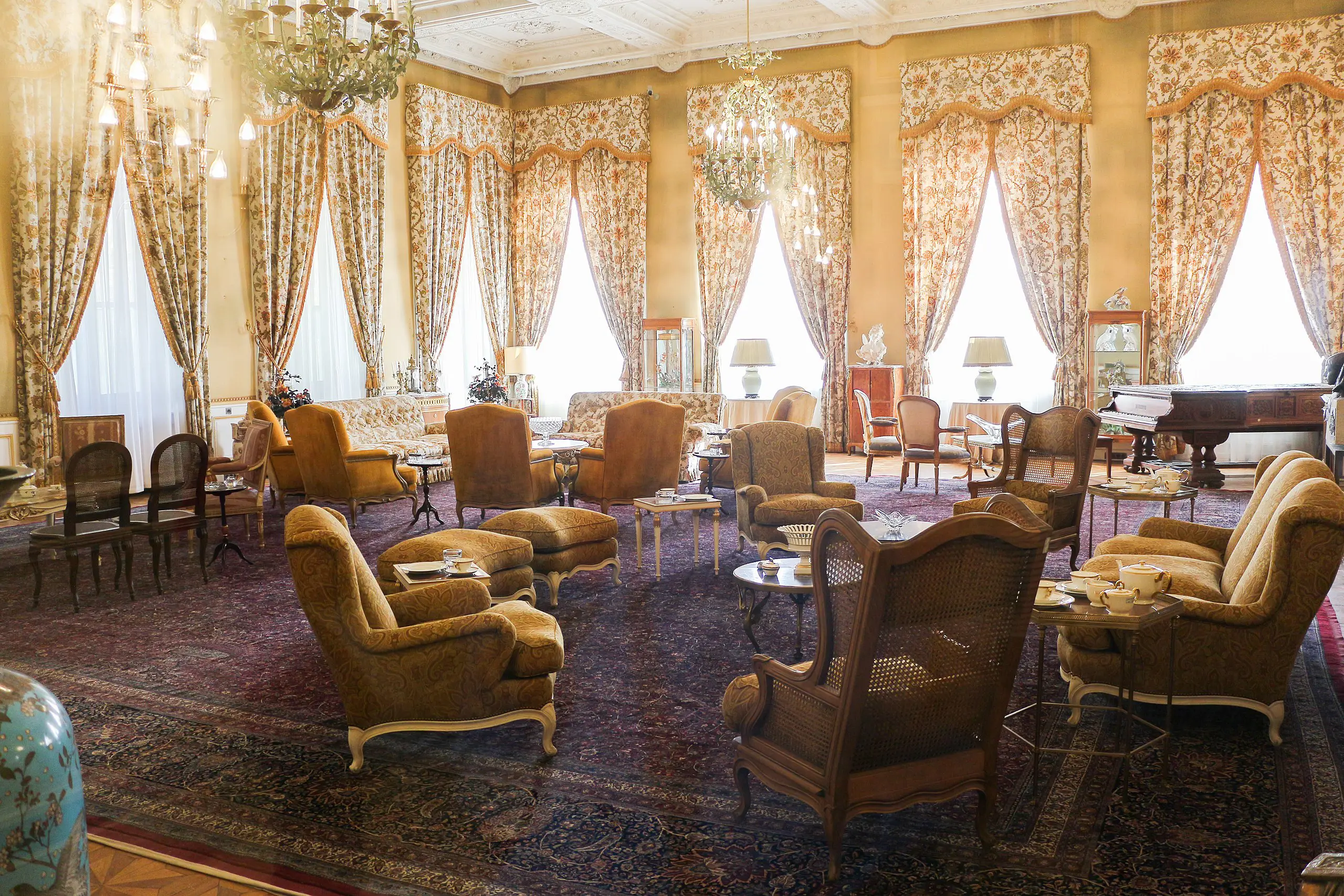
National Garden (Bagh-e Melli)
The National Garden is a historic landmark nestled in downtown Tehran. Built in the early 1920s under the patronage of Reza Shah, this magnificent structure features a stunning brick gate adorned with colorful tiles and intricate motifs. Originally a gateway to the Parade Square, the garden evolved into a public park surrounded by important governmental offices and museums.
Visitors can admire the fusion of Iranian and European architectural styles, from the elegant pavilions to the ornate tile work depicting scenes of victory and triumph. Stroll through the lush gardens and explore nearby attractions such as the Malek National Museum and the Post and Communication Museum. With its rich history and architectural beauty, the National Garden showcases Tehran’s cultural heritage and artistic legacy.
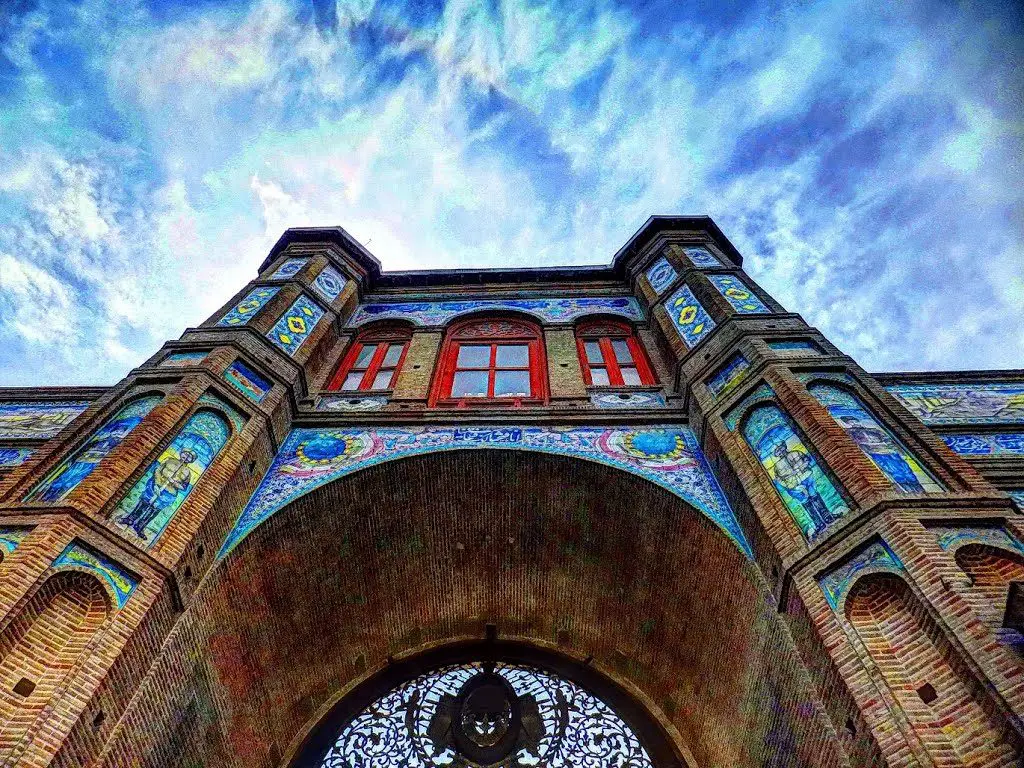
Tehran Museum of Music
You can immerse yourself in the rich Iranian music at the Tehran Museum of Music, located in the heart of Tajrish Square. Surrounded by a serene garden, this captivating museum houses a vast collection of musical instruments and artifacts, spanning centuries of Persian musical traditions. From traditional string instruments to modern innovations, visitors can explore over 400 exhibits showcasing the diversity and creativity of Iranian music.
Don’t forget to enjoy the museum’s specialized library and instrument building workshop, or a live performance in the atmospheric gallery. With its extensive audiovisual archive and interactive exhibits, the Tehran Museum of Music offers a unique opportunity to discover the soulful melodies and rhythms of Iran. Complete your visit with a leisurely stroll through the garden and a refreshing cup of coffee at the museum’s charming cafe, where the echoes of Persian music fill the air.
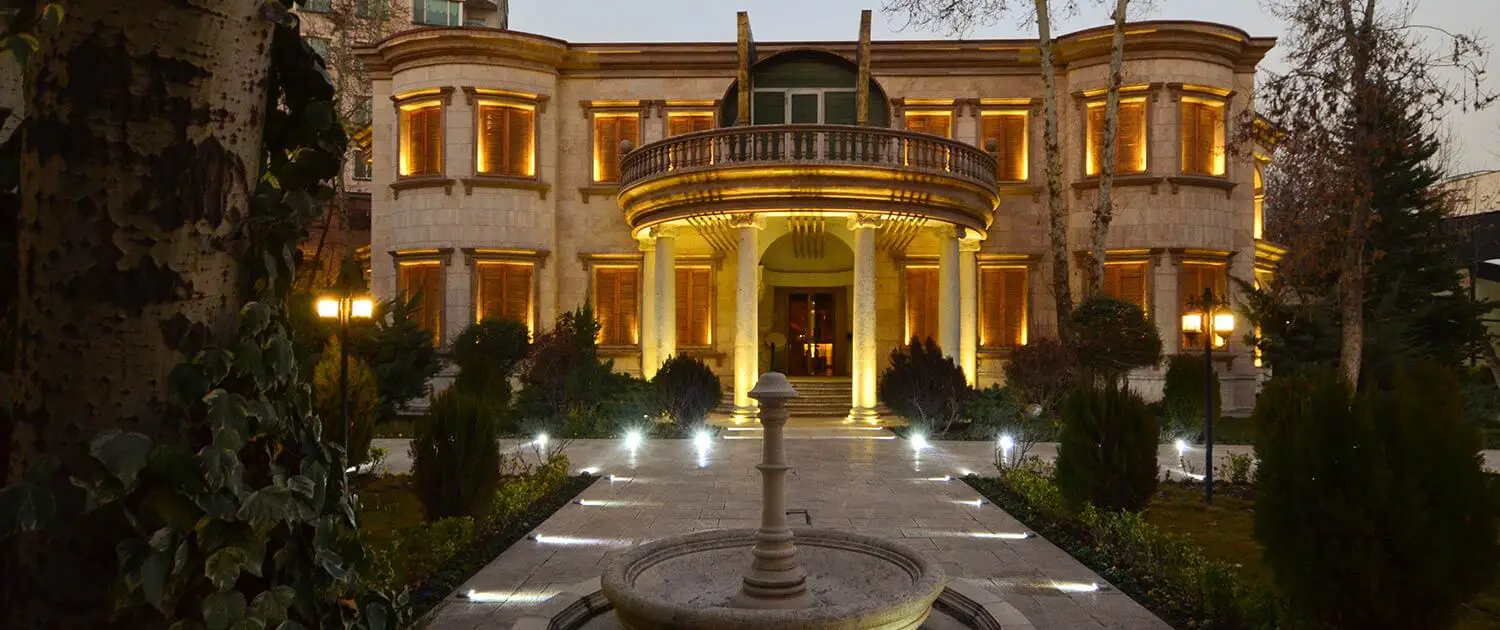
Iran Wildlife and Nature Museum (Dar Abad)
At the Iran Wildlife and Nature Museum, located in the tranquil area of Darabad in northern Tehran, visitors can delve into the fascinating world of wildlife. This two-story building houses an extensive collection of stuffed (taxidermy) animals, including birds, reptiles, mammals, and more. Opened in 1993, the museum boasts the richest collection of natural history exhibits in Iran, featuring animals categorized into sections for mammals, birds, aquatic species, reptiles, and insects.
The museum also showcases the first living objects on earth and fossils in the paleontology section, along with providing workshops on the preservation of natural animal bodies. Visitors can enjoy films about wildlife in two cinema halls and relax at the traditional teahouse overlooking the city of Tehran. The museum’s grounds offer a picturesque setting for a leisurely stroll, with opportunities to capture stunning views of the city and mountains.
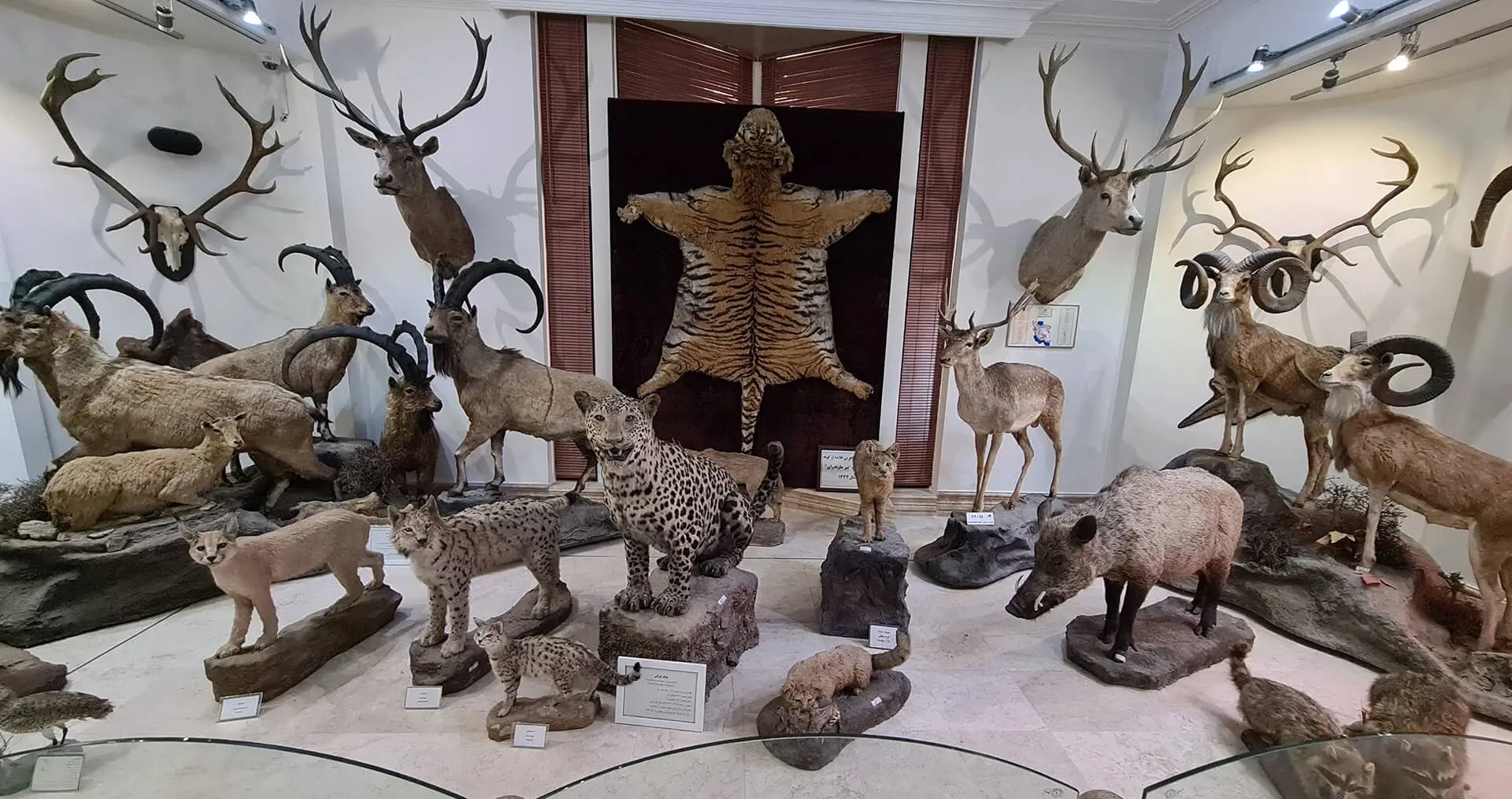
Saint Thaddeus and Bartholomeus Church
In the heart of Tehran lies the Saint Thaddeus and Bartholomeus Church, a historic landmark and the first church built by Armenians in the city. Situated on Molavi Street near Tehran’s bustling Grand Bazaar, this church holds deep historical significance, dating back to the end of the 12th century AH. Originally constructed by a group of Armenian families brought to Tehran from Isfahan by order of the Qajar King, Fath Ali Khan, the church served as a place of worship and burial ground for Christians during that era.
Over time, the church underwent renovations, and in 1970, its original paintings were revealed when layers of plaster fell off during restoration work. Today, religious services are held on the first Friday of each Christian month and on special occasions dedicated to the church’s legacy. With its rich history and architectural charm, the Saint Thaddeus and Bartholomeus Church offers visitors a glimpse into Tehran’s multicultural heritage and religious diversity.
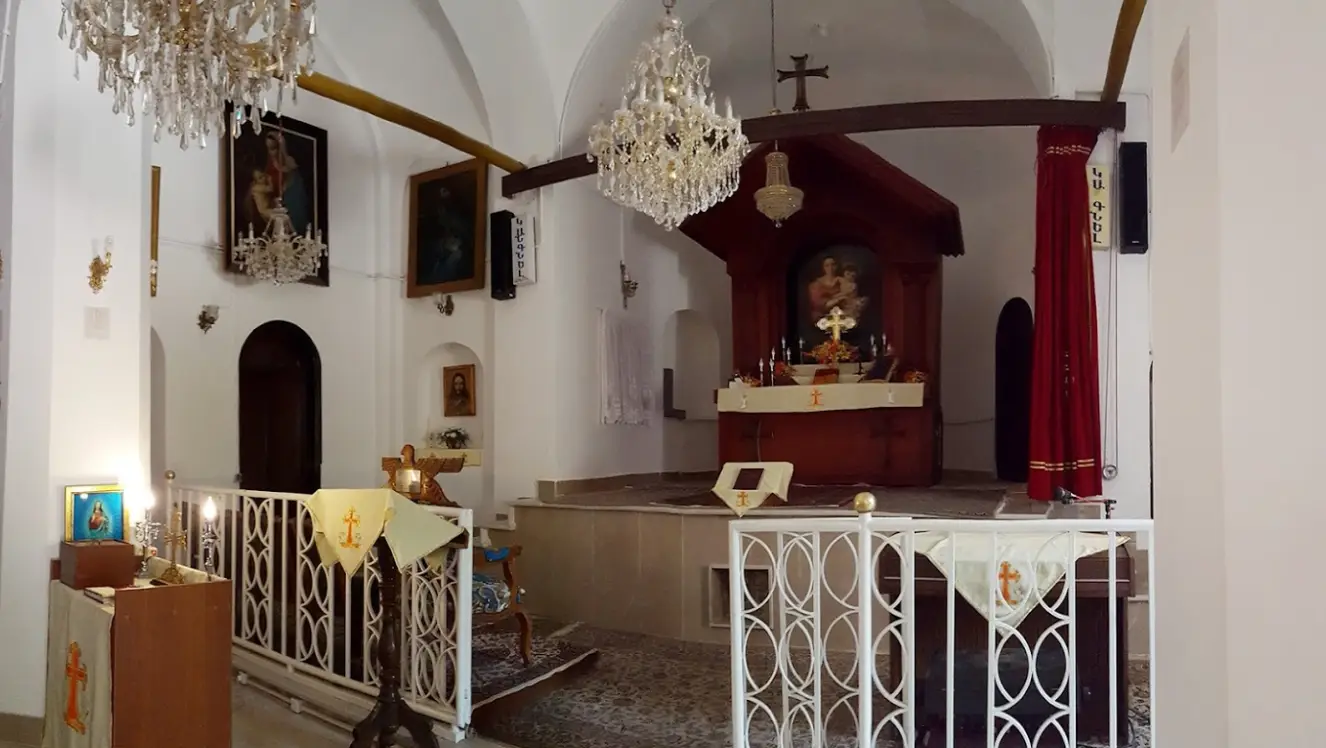
Iranian Art Museum Garden
Located in the serene Elahieh Area of Tehran, the Iranian Art Museum Garden is a hidden gem waiting to be discovered. Originally built in 1931 as the private residence of Ahmad Amir Ahmadi, a lieutenant general of Reza Shah, and later owned by his wife, Turan Mohajer Eslami, the garden underwent renovations in 2005 to transform into a lush green space adorned with historical monuments. Displayed throughout the garden are exquisite maquettes of Iran’s iconic landmarks, including Hasht Behesht, Chehel Sotoon, and the Milad Tower, crafted by Italian artists commissioned by the Pahlavi King.
This semi-public space features art galleries, cafes, and educational workshops, inviting visitors to immerse themselves in Iran’s rich cultural heritage while enjoying the tranquil surroundings. Whether admiring the intricate maquettes or participating in art workshops, a visit to the Iranian Art Museum Garden promises a delightful blend of art, history, and natural beauty.
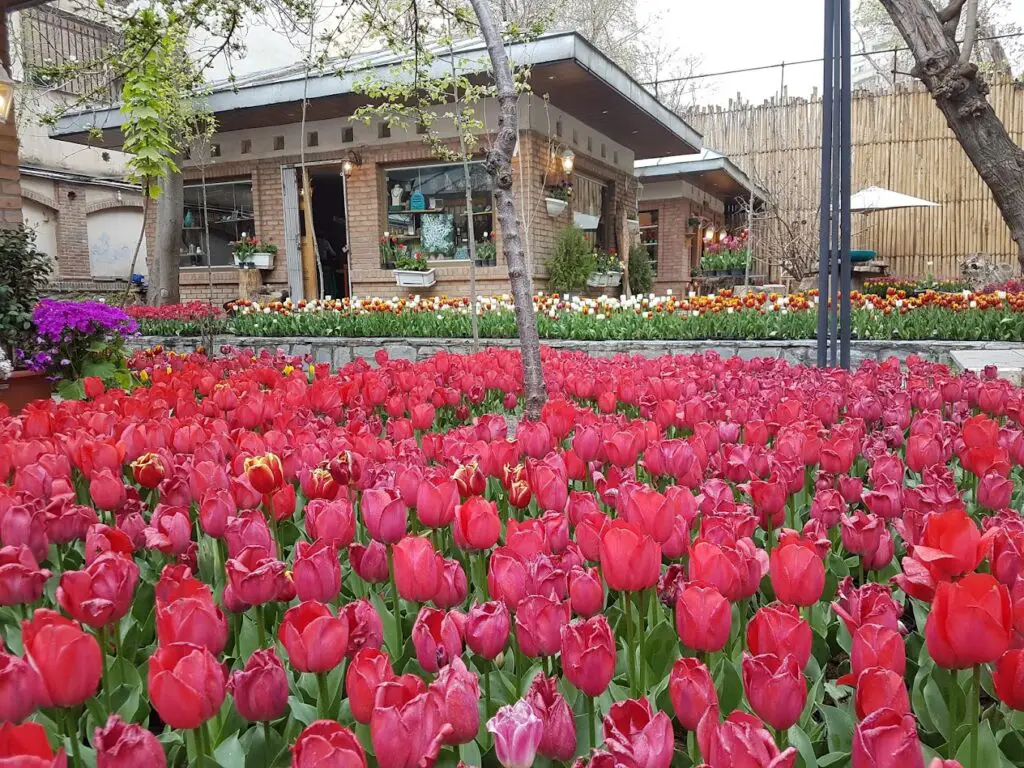
Abgineh Museum of Tehran
The Abgineh Museum of Tehran, also known as the Glassware and Ceramic Museum, is a treasure trove of glassblowing arts nestled in the heart of Tehran. Established in 1980 by former Queen Farah, this museum is housed in a historic 1915 mansion once belonging to a prime minister in Reza Shah’s government. The museum showcases a unique collection of glass and clay artifacts dating back to the 4th millennium B.C., offering visitors a journey through Iran’s rich artistic heritage.
With its striking architectural features, including double-glazed windows and wooden stairs, the museum provides a captivating blend of Iranian and European design elements. The collection spans two floors and five halls, with exhibits ranging from ancient glass tubes to contemporary ceramics, providing a comprehensive overview of Iran’s glassmaking and pottery traditions.
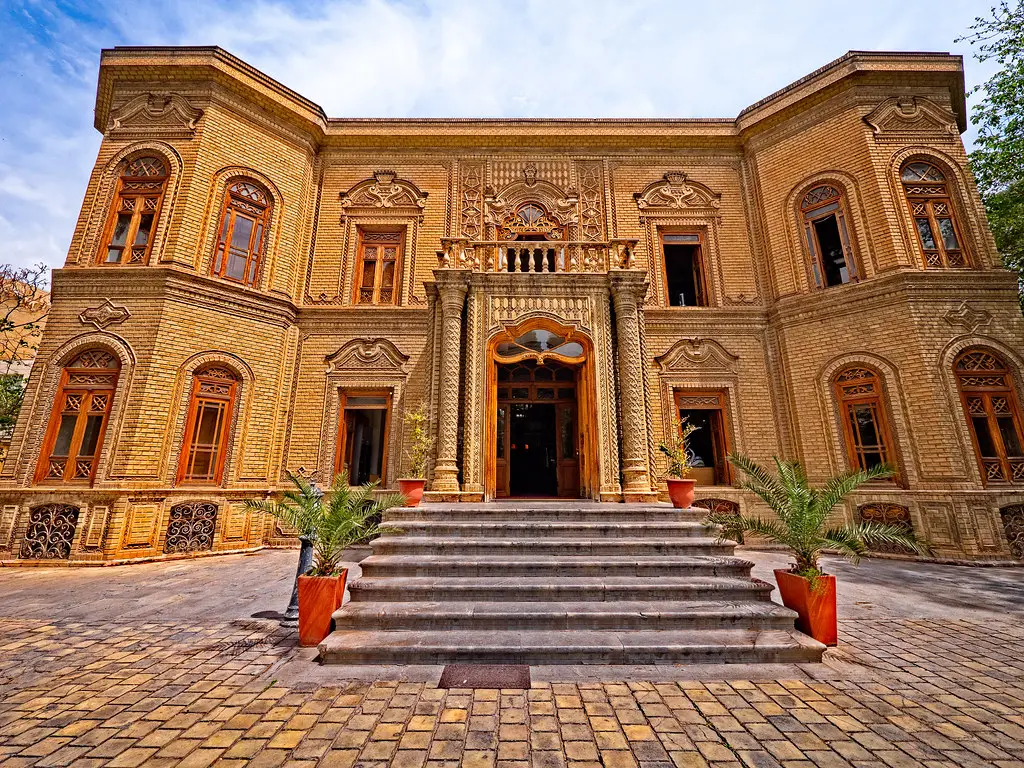
Azadi Square
Azadi Square, also known as Azadi Tower, is a sprawling green city square situated in western Tehran. Constructed in 1971 during the reign of Mohammad Reza Pahlavi, this iconic landmark boasts a towering 50-meter monument at its center, surrounded by meticulously landscaped gardens and a spacious roundabout. Inspired by Iranian-Islamic architectural principles, the design of the square reflects aesthetic geometry and incorporates elements reminiscent of traditional Iranian gardens. With its expansive size and cultural significance, Azadi Square shows Iran’s rich heritage and serves as a vibrant hub for locals and tourists alike.
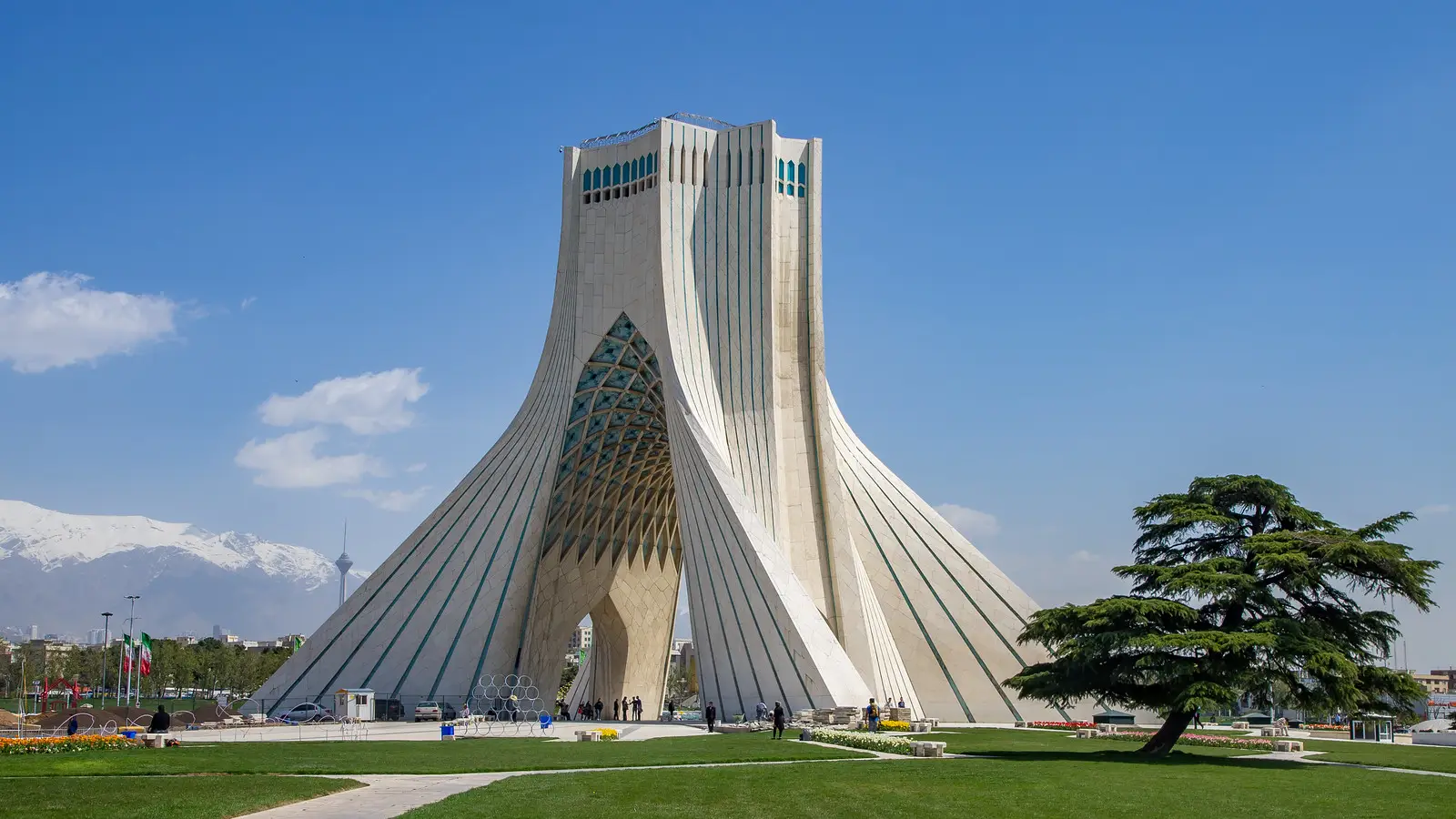
Niavaran Palace
The Niavaran Palace Complex offers a glimpse into Iran’s royal past amidst a lush, sprawling garden spanning 11 hectares. Originally commissioned by Fath Ali Shah in the early 19th century as a summer retreat, the garden has evolved over the centuries to encompass a diverse array of architectural marvels from the Qajar and Pahlavi eras. Visitors can explore Saheb Qaranieh Palace, Jahan Nama Museum, Howz Khaneh Museum, Royal Library Museum, Ahmad Shahi Pavilion, Royal Car Museum, and the Relief Garden, each offering unique insights into Iran’s cultural heritage. From the opulent interiors of the palaces to the extensive collections of art and artifacts, the Niavaran Palace Complex represents Iran’s rich history and architectural prowess.
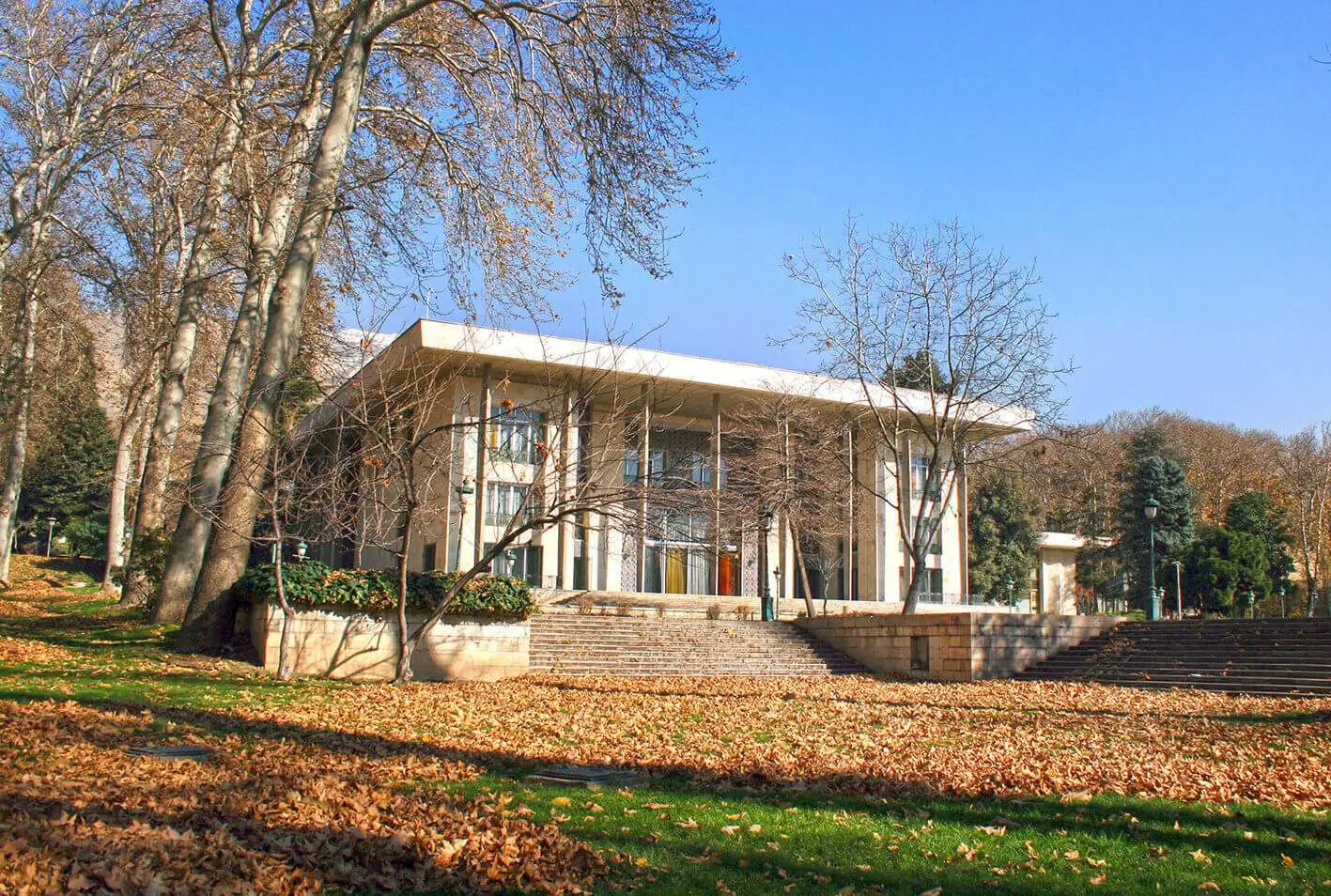
Jamshidieh Stone Garden
Jamshidieh Stone Garden offers a serene retreat amidst the bustling city of Tehran, providing visitors with a tranquil escape into nature. Located along a hiking route to the northern heights of the city, this picturesque park boasts unique architecture, artificial waterfalls, and beautiful ponds, creating a distinct ambiance. Opened to the public in 1976, the park has become a beloved tourist destination, attracting nature enthusiasts and adventure seekers alike.
Situated at the highest point of Tehran, the park offers breathtaking views of the city skyline, making it an ideal spot for photography enthusiasts. With its rocky terrain and lush greenery, Jamshidieh Stone Garden invites visitors to explore its winding pathways and discover the beauty of Tehran from a different perspective.
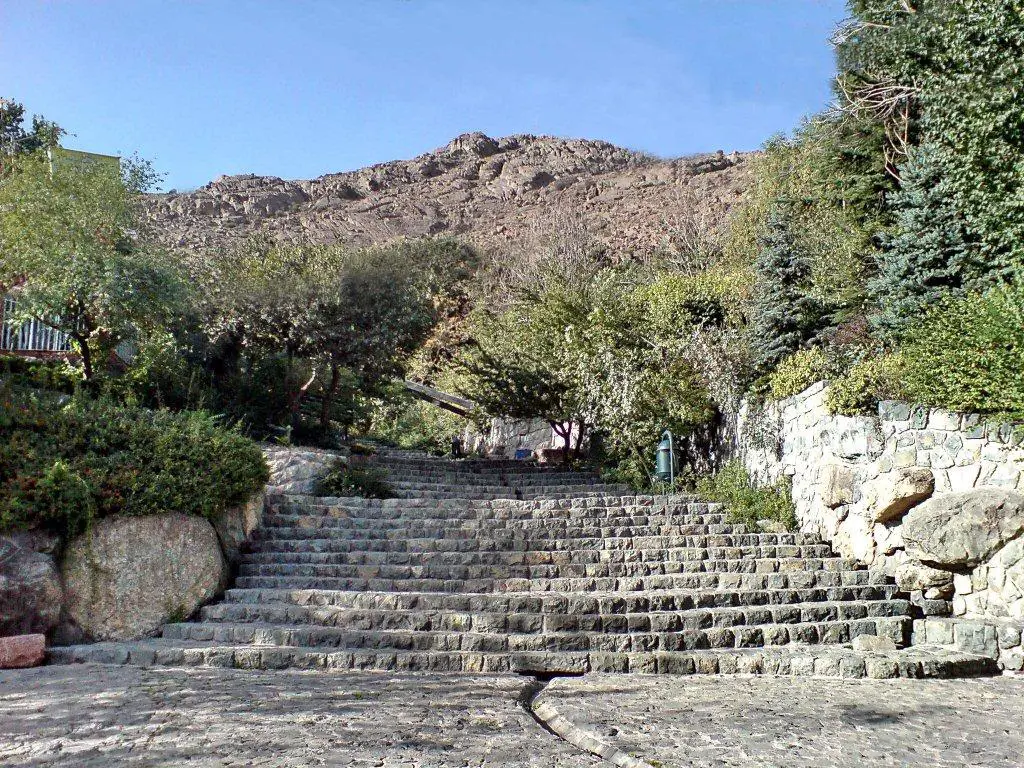
Cinema Museum of Iran
The Cinema Museum of Iran, housed within the historic Ferdows Garden, offers a captivating journey through Iran’s cinematic heritage. Set in a beautiful Qajar-era mansion surrounded by lush gardens, the museum showcases a rich collection of equipment, photos, and posters from Iran’s century-old movie industry.
Visitors can immerse themselves in the world of Iranian cinema with screenings of both new and classic films in Iran’s first working cinema, adorned with ornate moulded plaster ceilings. Since its establishment in 2002, the museum has showcased Iranian culture, preserving the legacy of filmmakers and serving as a hub for cinema enthusiasts and researchers alike.
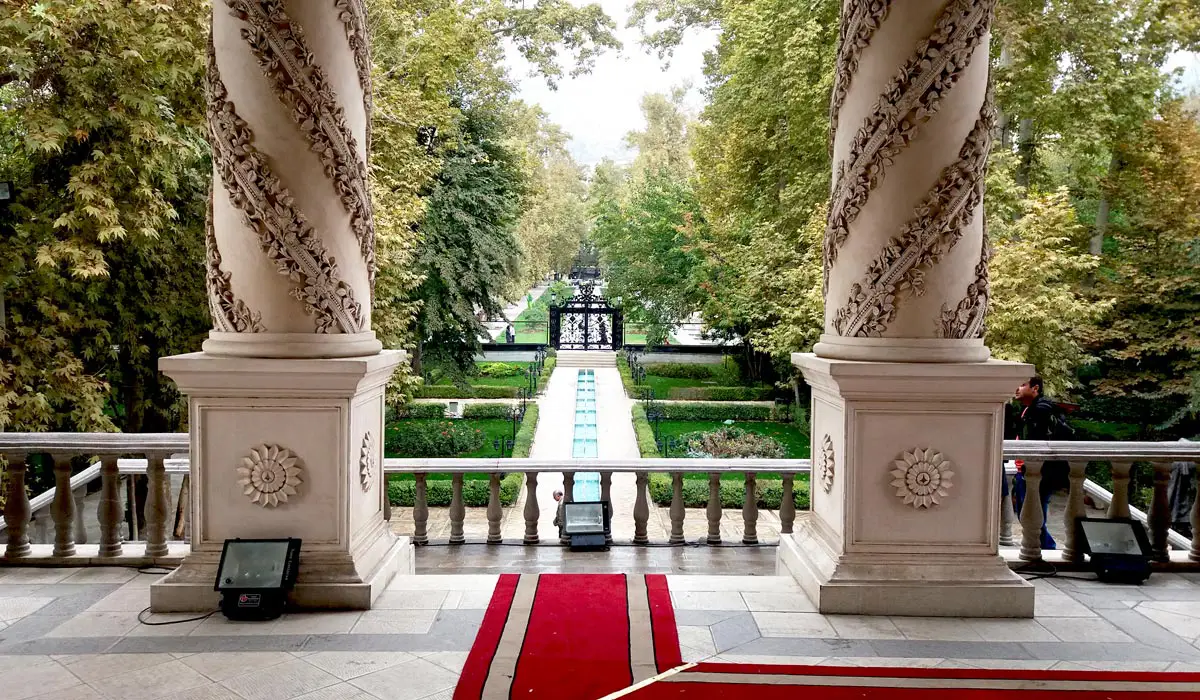
Masoudieh Palace
Masoudieh Palace, located in the heart of Tehran, represents the city’s rich history and architectural heritage. Built in 1879 for Naser al-Din Shah’s son, Masoud Mirza, the palace embodies the modern history of Tehran, from its role as a gathering place for constitutional revolutionaries to its transformation into a cultural hub. Comprising both private and public areas, including gardens, courtyards, and historic buildings, the palace offers visitors a glimpse into Tehran’s past.
With its European-influenced architecture and lush surroundings, Masoudieh Palace invites visitors to explore its grand halls, gardens, and historical artifacts, providing a fascinating insight into the city’s vibrant culture and heritage.
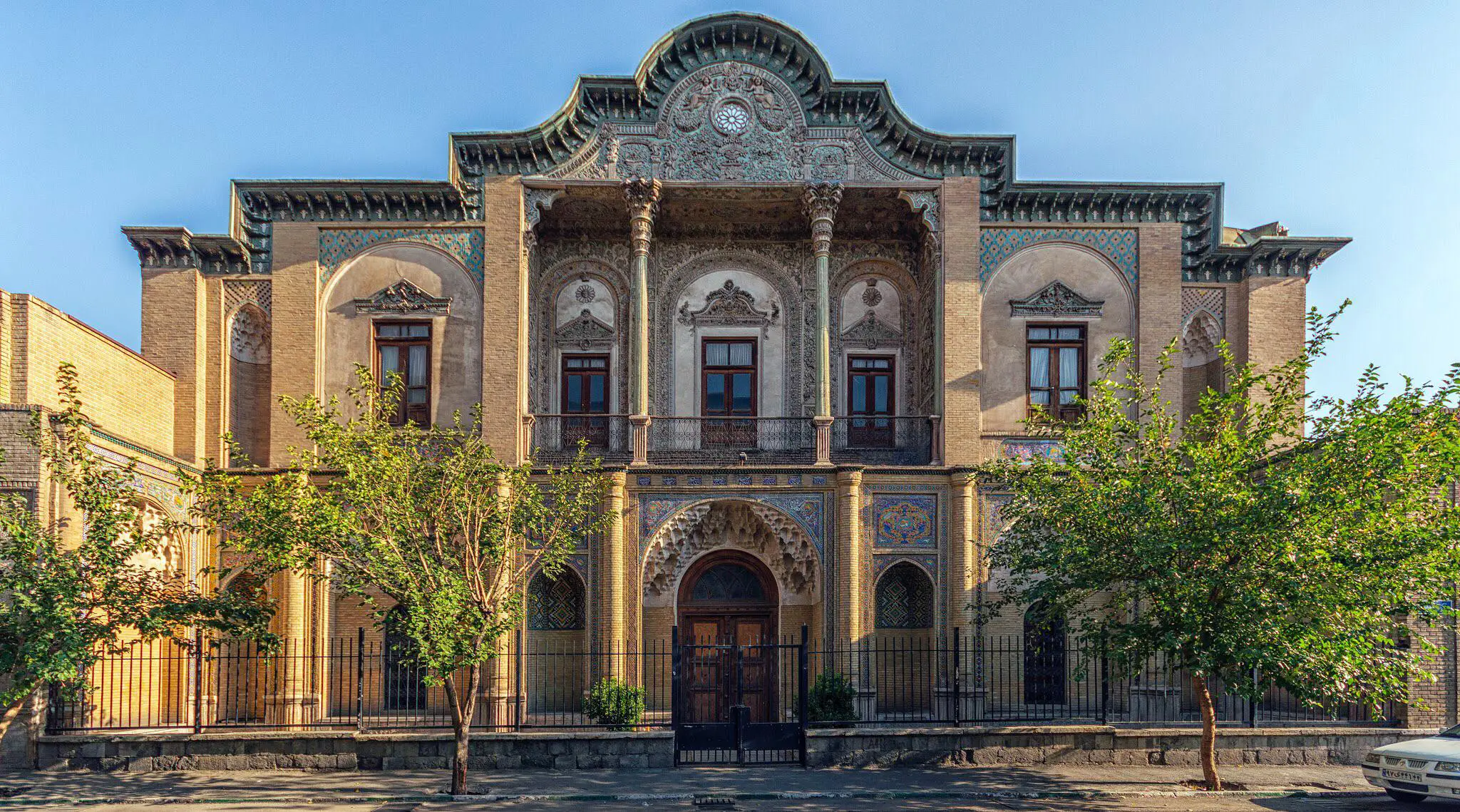
Tajrish Bazaar
Tajrish Bazaar is a vibrant hub of activity in Tehran, offering visitors a glimpse into the city’s rich cultural heritage and bustling marketplace. Situated in the historic Tajrish neighborhood, this ancient bazaar exudes charm and character, with its traditional architecture and maze-like passageways. From dawn till dusk, the bazaar comes alive with the sights and sounds of merchants selling an array of goods, from fresh produce and spices to handmade crafts and jewelry.
Visitors can wander through its quaint alleys, marveling at the eclectic mix of shops and stalls that line the bustling streets. With its lively atmosphere and vibrant energy, Tajrish Bazaar is a must-visit destination for anyone exploring Tehran’s diverse culinary and cultural landscape.
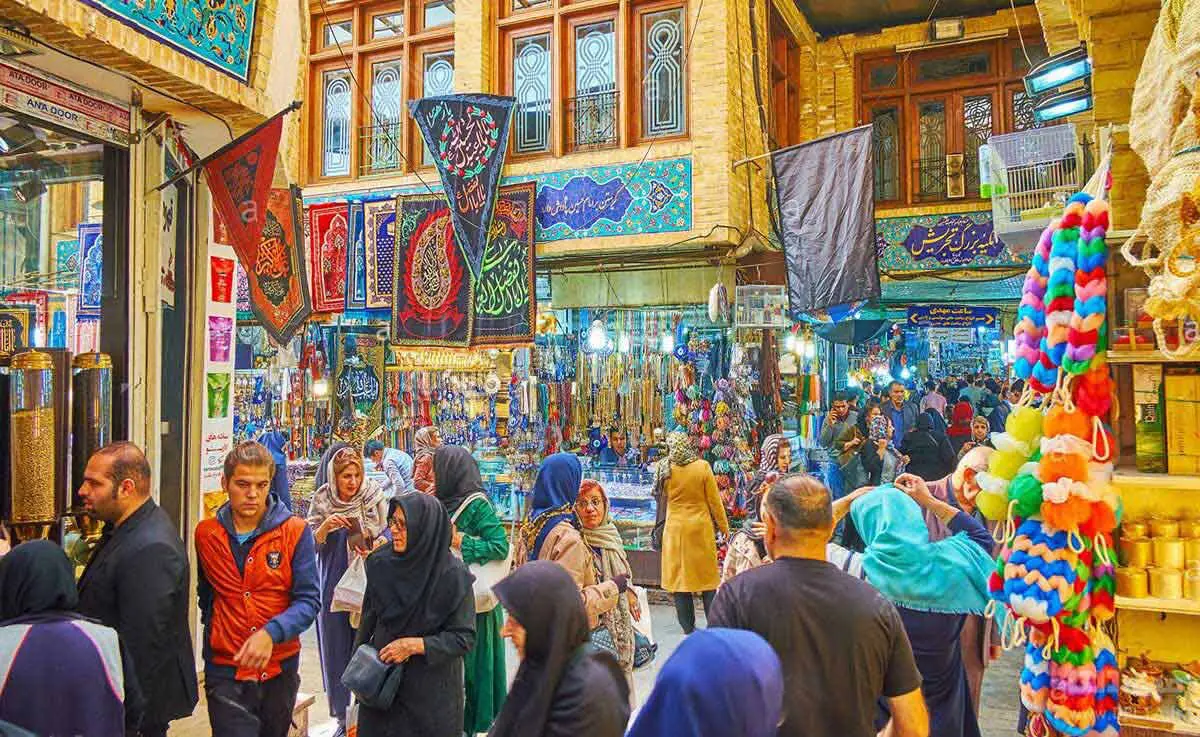
Darakeh
Darakeh, nestled in the verdant hills north of Tehran, offers a tranquil retreat from the city’s hustle and bustle, beckoning visitors with its scenic beauty and lush landscapes. Situated along the gushing river near Evin and Velenjak, this idyllic village boasts picturesque gardens and winding pathways, making it a paradise for nature lovers and outdoor enthusiasts.
Whether hiking through its verdant valleys or savoring traditional Persian tea in one of its quaint tea houses, Darakeh offers a peaceful respite from the urban chaos. With its breathtaking vistas and serene ambiance, Darakeh is the perfect destination for those seeking solace amidst Tehran’s vibrant cityscape.
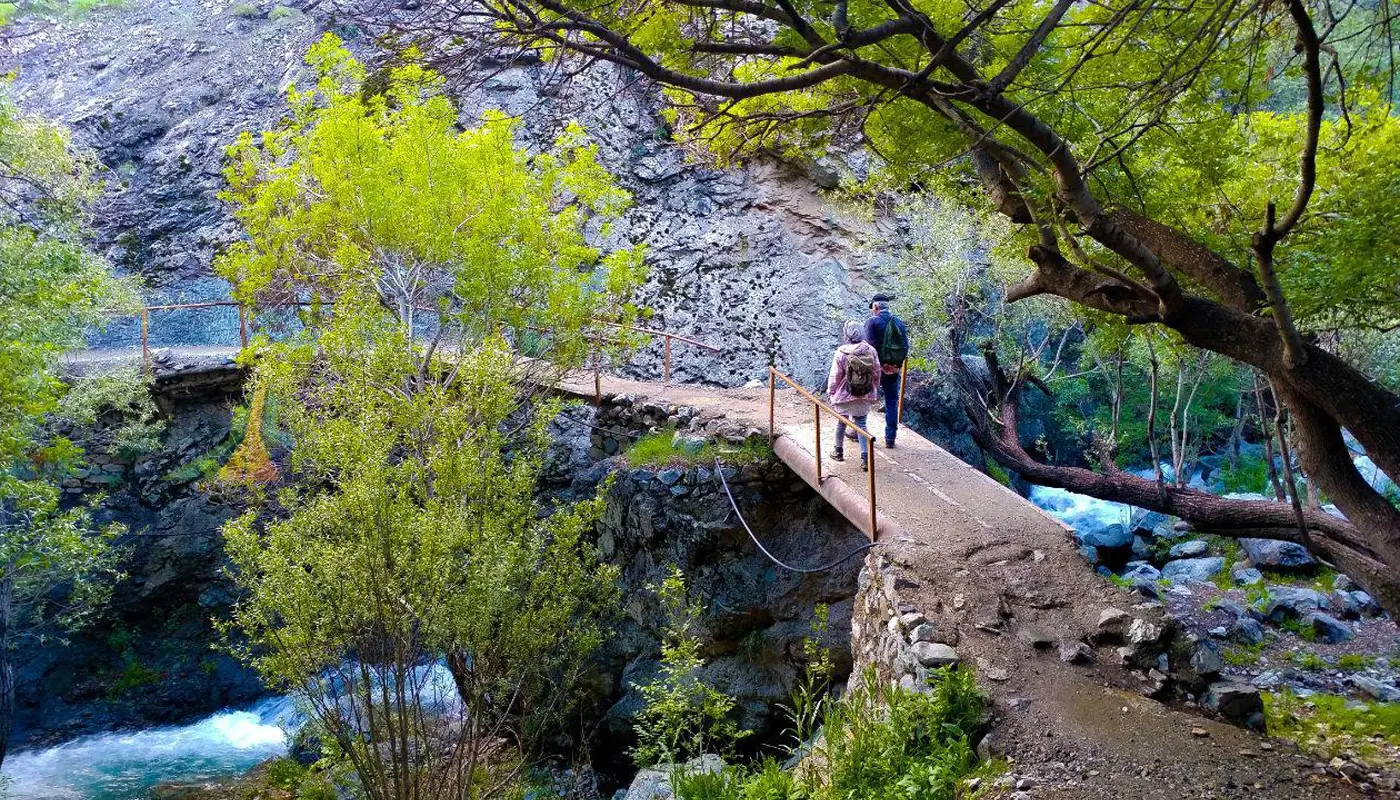
Tehran Grand Bazaar
Tehran Grand Bazaar, representing Tehran’s rich history and vibrant culture, is a living monument to the city’s bustling marketplace and commercial center. Dating back to the Fathali Shah Qajar era, this historic bazaar comprises a labyrinth of corridors, alleys, and shops, offering visitors an immersive experience in Tehran’s vibrant marketplace.
From traditional textiles and handicrafts to exquisite jewelry and spices, the bazaar is a treasure trove of Persian craftsmanship and heritage. With its bustling atmosphere and bustling energy, TEHRAN BAZAAR is a must-visit destination for anyone exploring the heart and soul of Tehran.
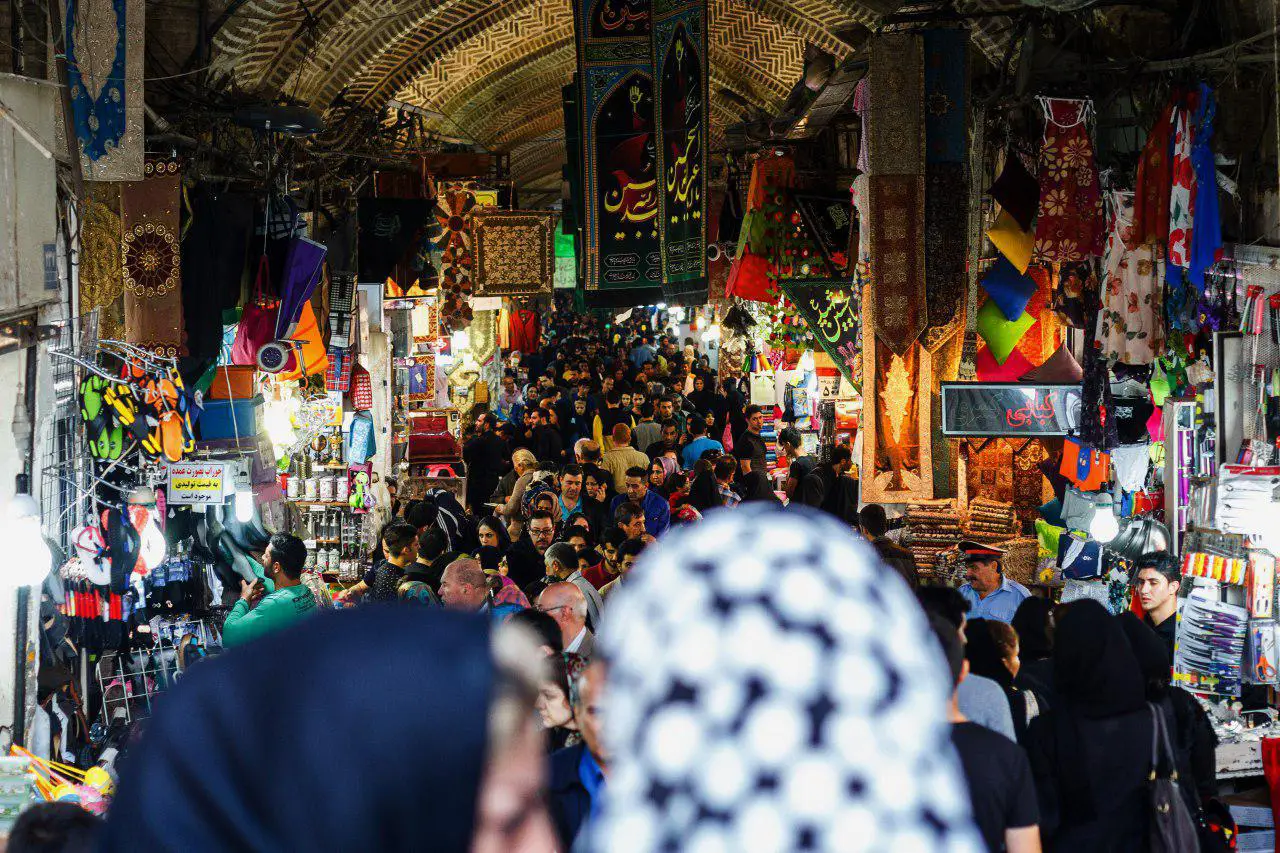
National Jewelry Museum
National Jewelry Museum, a glittering showcase of Iran’s rich cultural heritage and artistic legacy, offers visitors a glimpse into the country’s opulent past and royal treasures. Housed within the historic vaults of the National Treasury, the museum boasts an impressive collection of jewels and artifacts dating back to the Safavid era.
From rare diamonds and precious gemstones to ornate crowns and royal regalia, the museum’s exhibits offer a fascinating insight into Iran’s royal history and regal splendor. With its dazzling displays and exquisite craftsmanship, the National Jewelry Museum is a must-visit destination for anyone fascinated by the allure of precious gems and royal jewels.
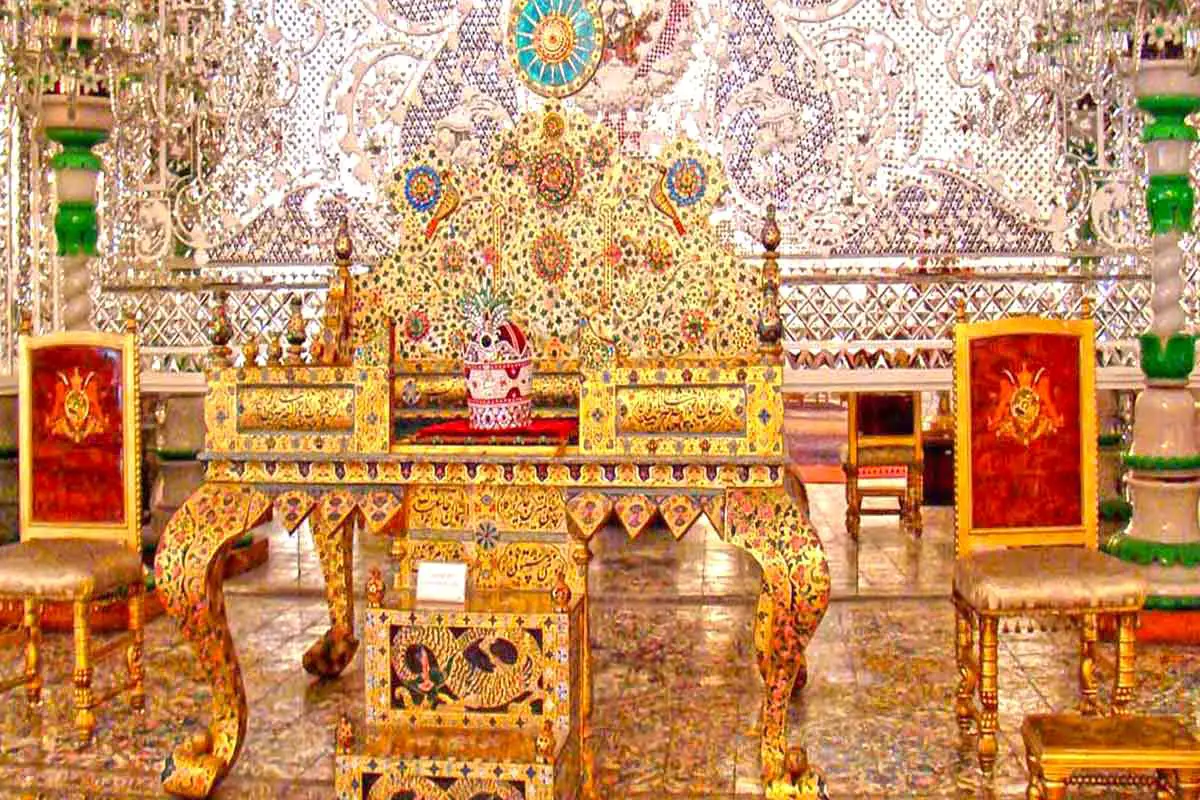
National Arts Museum of Iran
National Arts Museum of Iran, nestled within the historic Negarestan Garden, represents the country’s rich artistic heritage and cultural legacy. Housed within a building dating back to the Qajar era, the museum showcases a magnificent collection of traditional Iranian art, from intricately painted miniatures to stunning sculptures and statues.
Adorned with exquisite tile work and ornate decorations, the museum’s architecture is as captivating as its exhibits, offering visitors a glimpse into Iran’s vibrant artistic traditions. One of its prized possessions is the statue of Haj Moqbel, a masterpiece of Abol Hassan Khan Sediqi, showcasing the skill and craftsmanship of Iranian artists. With its rich history and breathtaking artwork, the National Arts Museum is a must-visit destination for art enthusiasts and cultural connoisseurs alike.
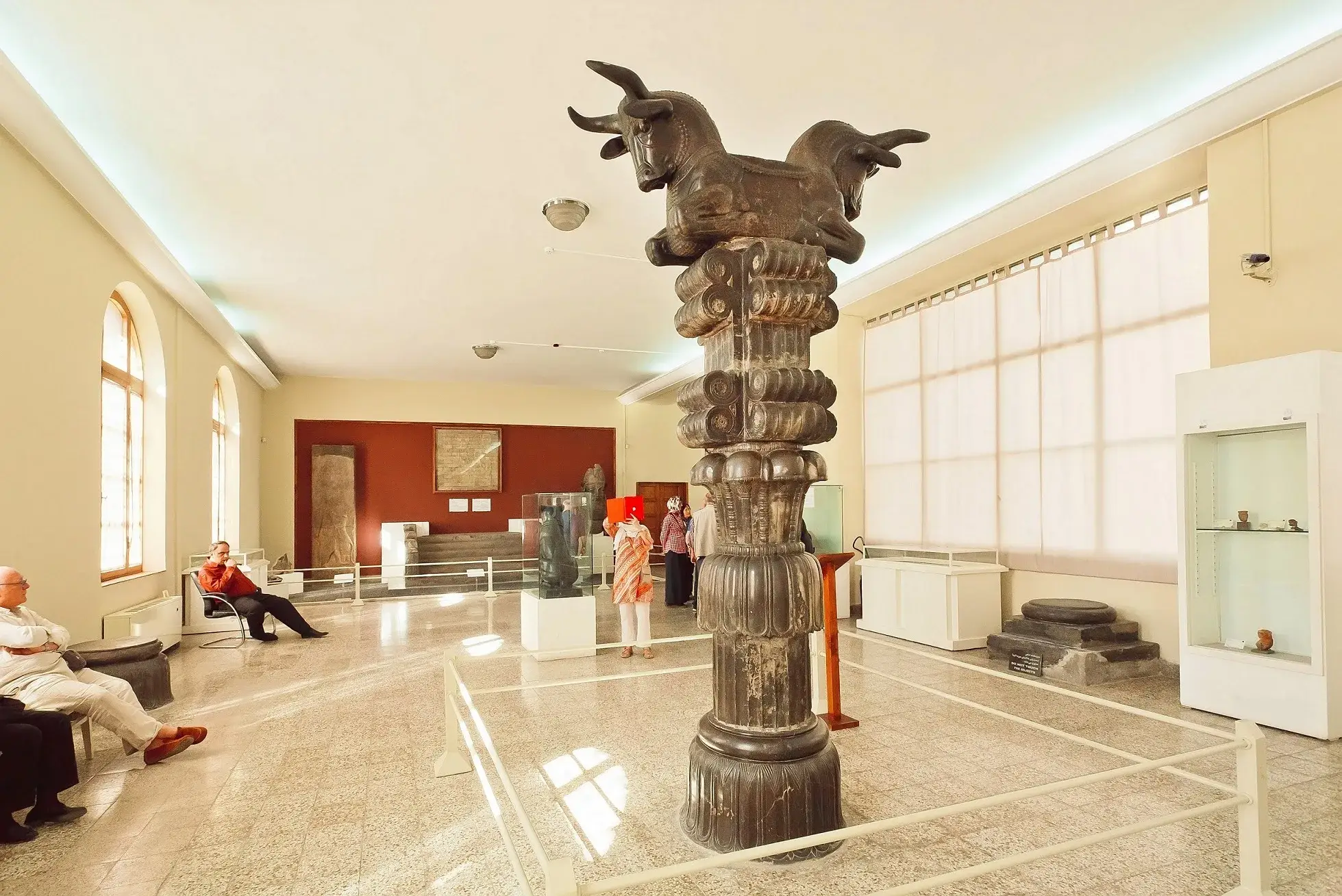
Shamsol Emareh Palace
Shamsol Emareh Palace, a majestic edifice towering over Tehran’s skyline, offers visitors a glimpse into the city’s royal past and architectural grandeur. Built during the reign of Naseredin Shah in the late 19th century, the palace is a marvel of Qajar-era design and craftsmanship. Standing at 35 meters tall with five floors, it was once the tallest building in Tehran and a symbol of the city’s prosperity and power. Adorned with exquisite tile work and intricate carvings, the palace’s facade shows the skill and artistry of Iranian craftsmen.
Inside, visitors can marvel at the king’s porch and hall, adorned with minimalist mirroring and elaborate decorations, offering a glimpse into the opulent lifestyle of Iran’s royal elite. With its rich history and architectural splendor, Shamsol Emareh Palace is a must-visit destination for anyone exploring Tehran’s cultural heritage.
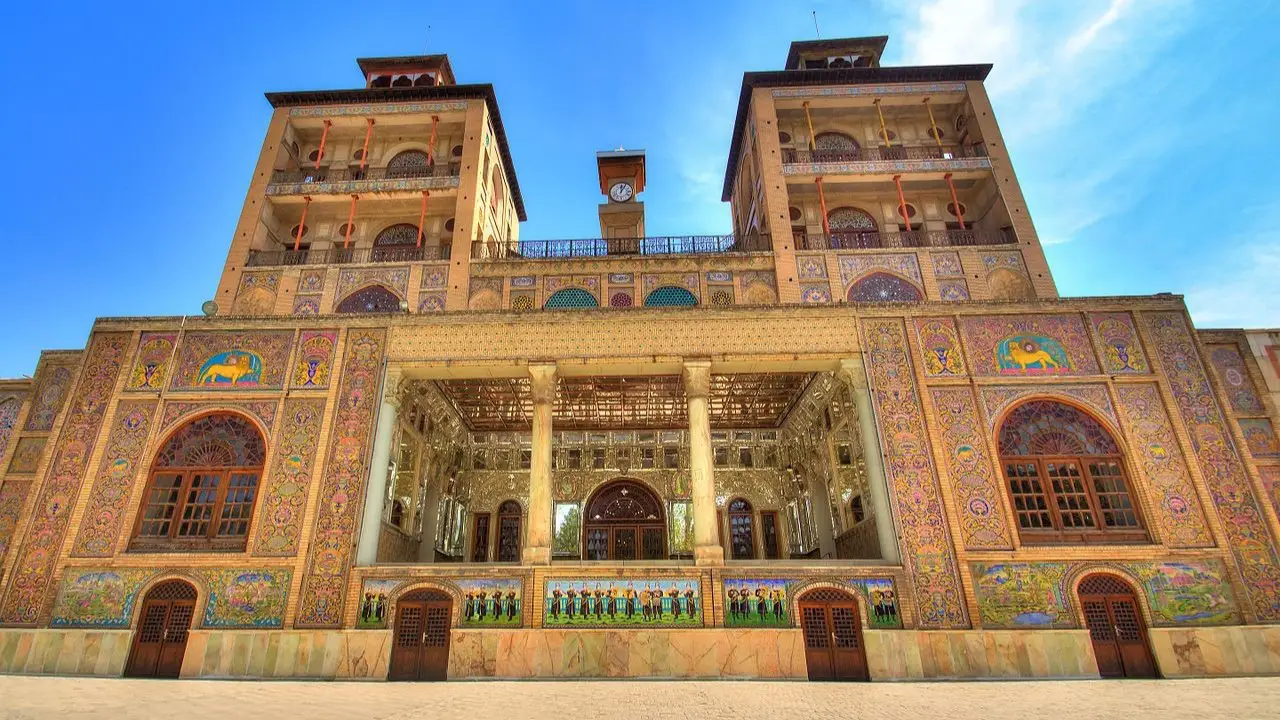
Sahebqaraniyeh Palace
Sahebqaraniyeh Palace, nestled within the Niavaran Cultural Historic Complex, offers visitors a glimpse into Iran’s royal past and cultural heritage. Built during the Qajar period, the palace was once Nasser-al Din Shah’s harem before being transformed into Mohammad Reza Shah’s office. Today, it houses a fine collection of paintings and furnishings, including colorful Qajar-era works rescued by Queen Farah Diba. Adorned with exquisite paintings and articles, the palace shows Iran’s rich artistic traditions and royal legacy. With its stunning architecture and rich history, Sahebqaraniyeh Palace invites visitors to explore a world of art, culture, and history.
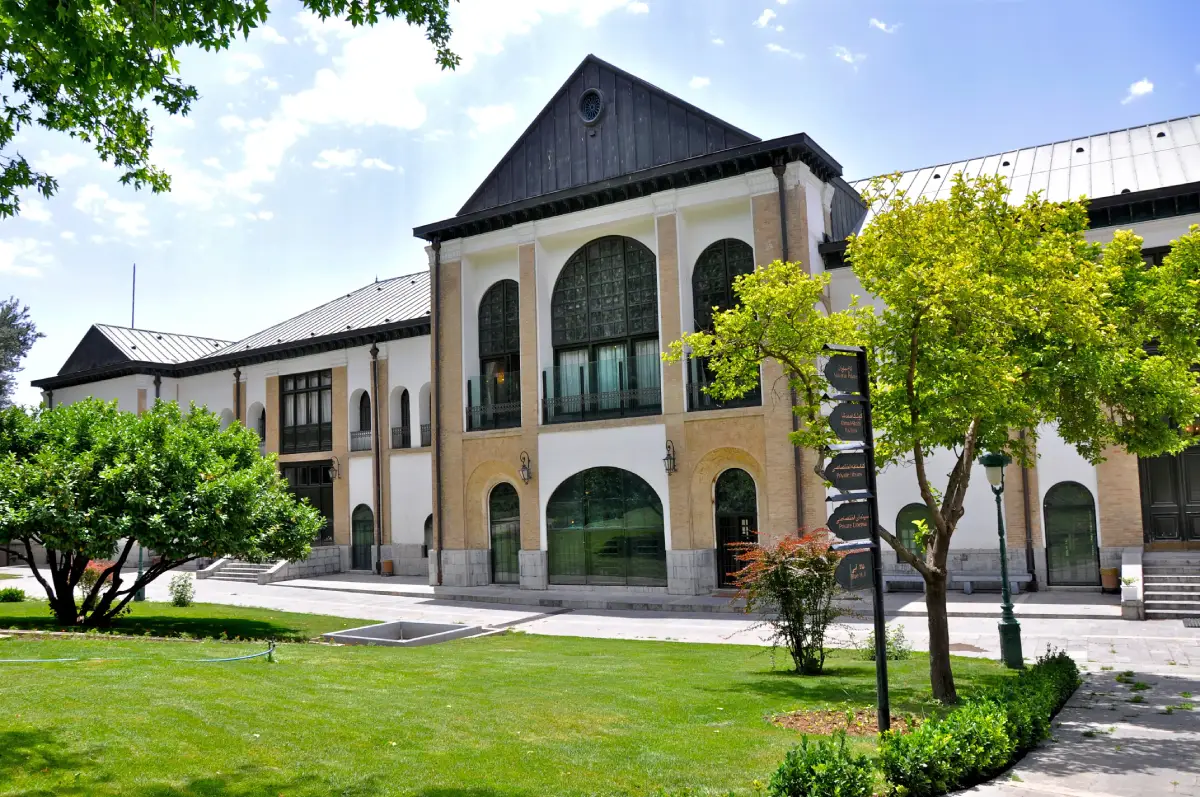
Negarestan Museum and Garden
Negarestan Museum and Garden, steeped in history and surrounded by lush greenery, offers visitors a tranquil retreat in the heart of Tehran. Built during the Qajar era, the garden was once a royal residence and center of government, earning its name, which means “the place of paintings,” from the abundance of murals and paintings that adorned its halls. Today, it houses a museum dedicated to the Kamal-ol Molk School of arts, showcasing the works of the master painter and his students. With its serene ambiance and rich cultural heritage, Negarestan Museum and Garden is a must-visit destination for anyone seeking to explore Tehran’s vibrant history and artistic traditions.
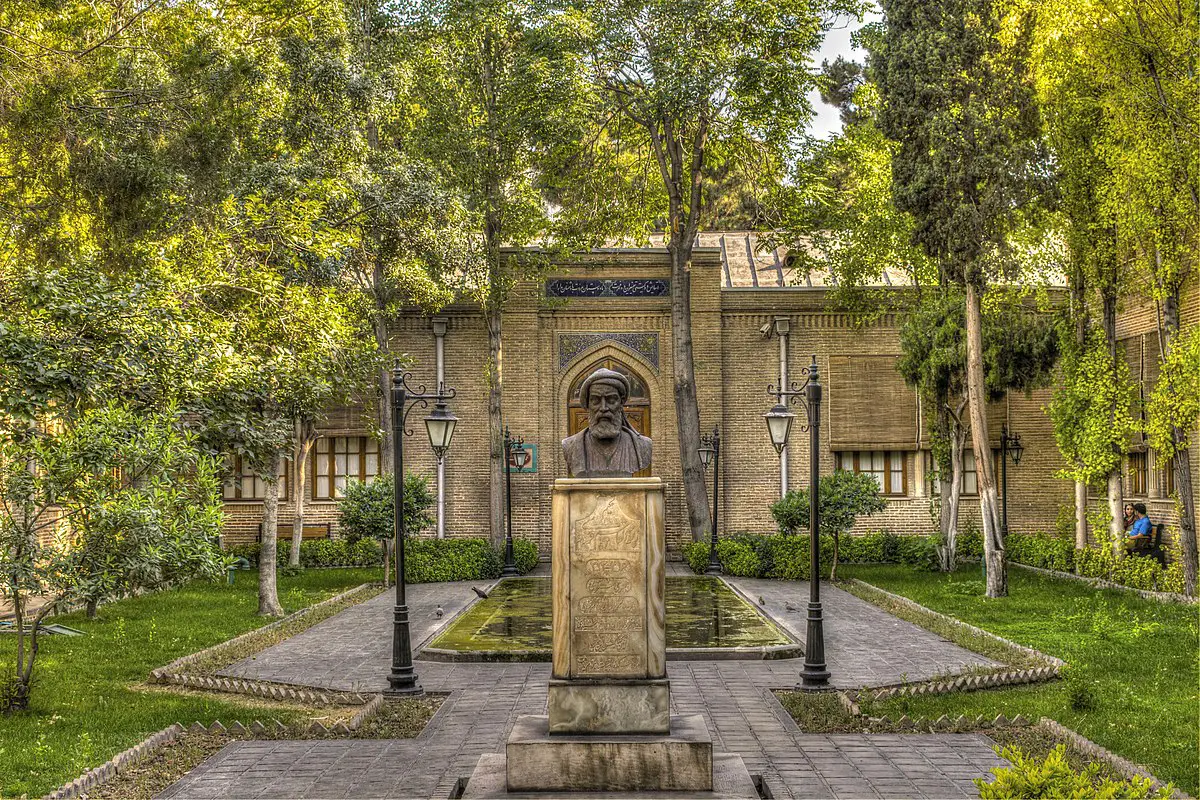
Explore Attractions in Tehran with Visit Our Iran!
Tehran is a city steeped in history, culture, and architectural marvels, offering visitors a glimpse into Iran’s rich and vibrant heritage. Each attraction tells a story of Iran’s royal past and artistic legacy. Whether you’re exploring the stunning artwork at the National Arts Museum or wandering through the bustling corridors of the Tehran Bazaar, there’s something for everyone to discover in this captivating city.
To experience the wonders of Tehran for yourself, consider booking a tour with Visit Our Iran. Our experienced support team can help you plan the perfect itinerary, ensuring you make the most of your time in this enchanting destination. Contact our support team today to start planning your Tehran tour and embark on an unforgettable journey through Iran’s capital city.
